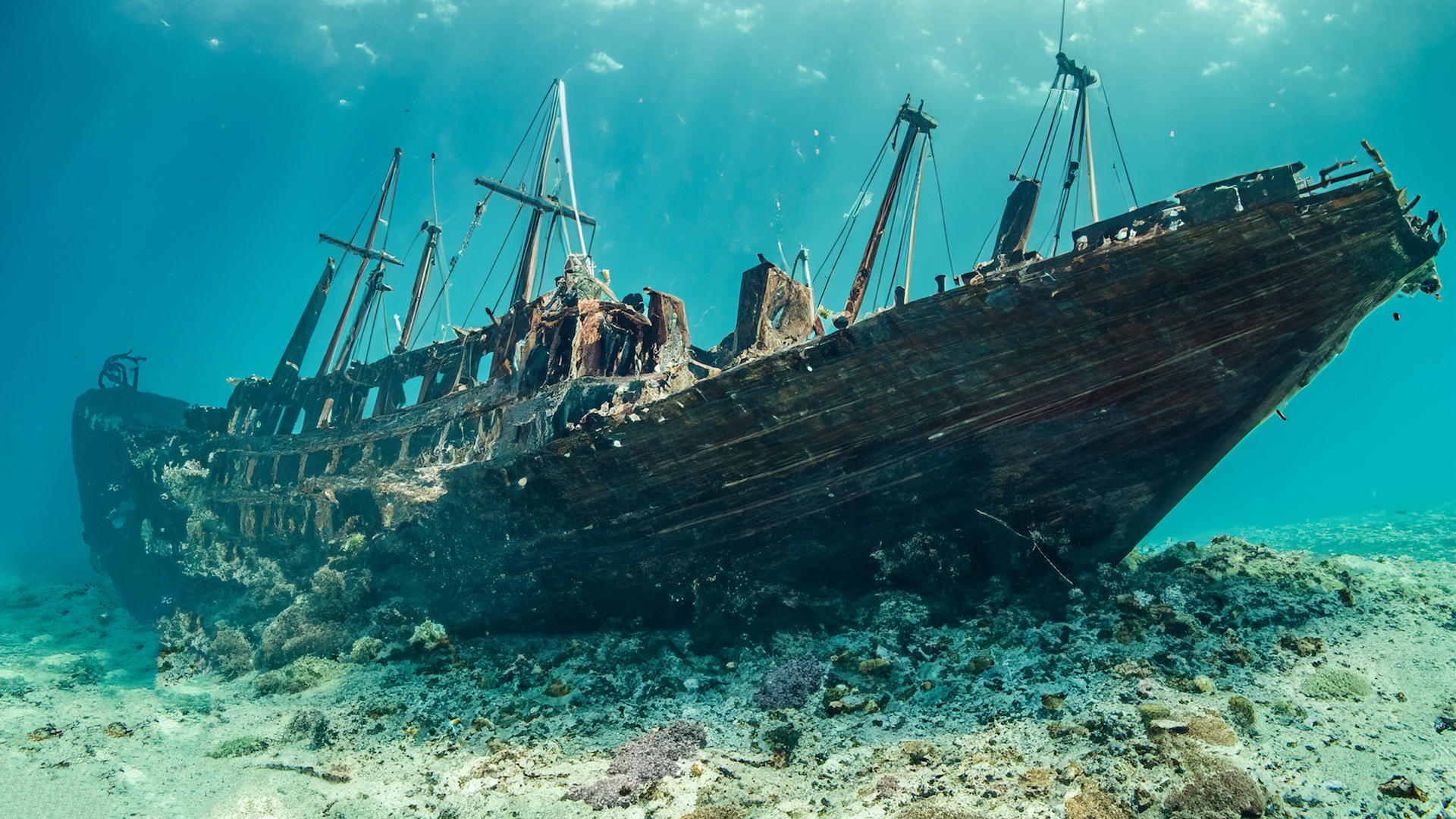
Shipwrecks can reveal fascinating details about the ancient world. They can tell us what goods people were trading, how ships were being built and can even provide information on the rituals that people were carrying out.
In this countdown, Live Science takes a look at 32 shipwrecks from the ancient world. Some are small watercraft, like canoes, while others are large, seagoing ships.
Marsala Punic shipwreck
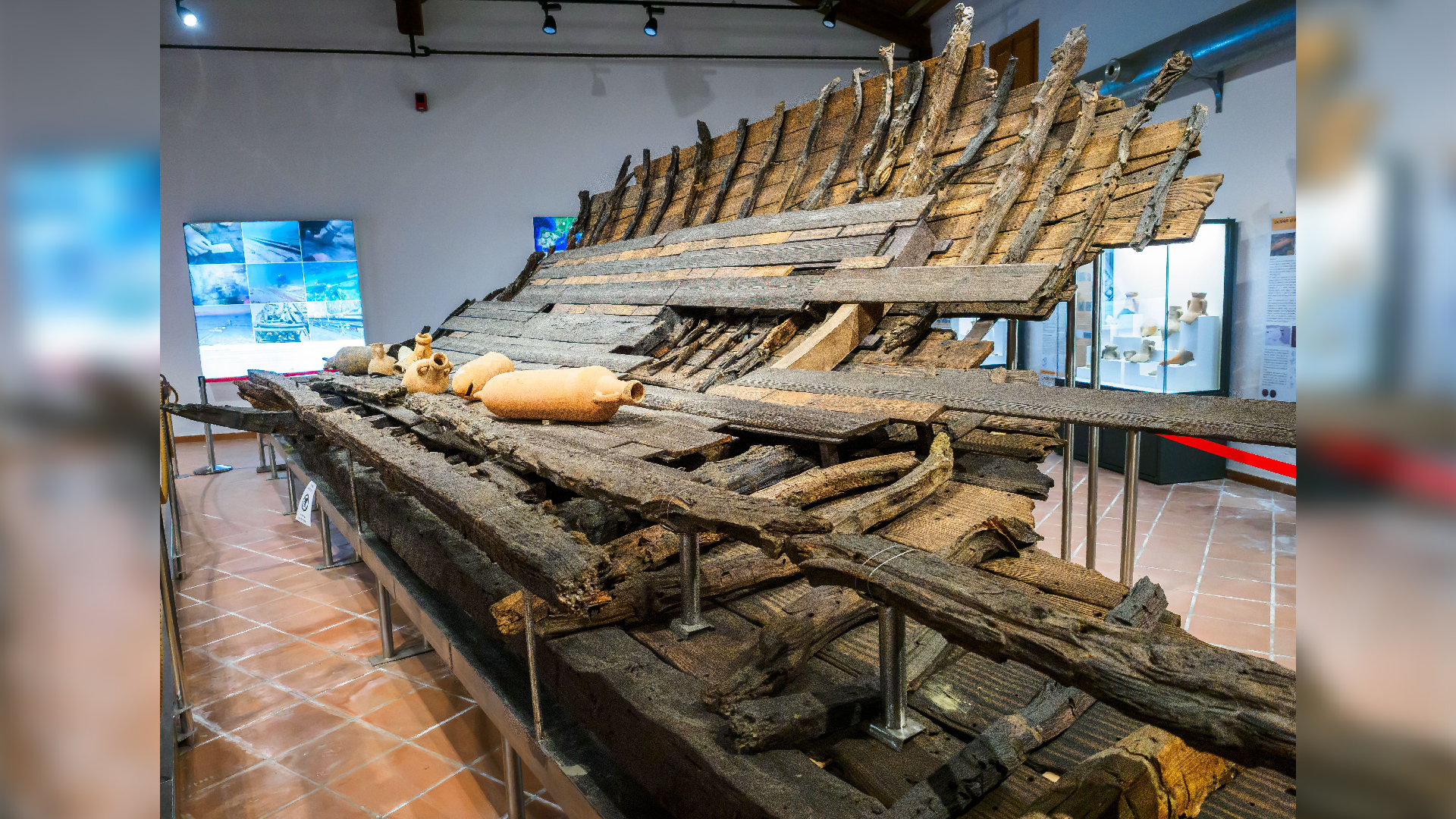
Discovered by a dredge ship near the city of Marsala, off the western coast of Sicily, the Marsala Punic shipwreck dates back around 2,300 years. The ship was built by the Carthaginians, a people based in the city of Carthage in what is now Tunisia. They fought a series of wars against the Roman republic, and eventually, Carthage was destroyed by the Romans. The ship was about 115 feet (35 meters) long and was well-preserved. Only a small number of artifacts, including a spearhead, an anchor and ballast stones, were found with the wreck.
Rhine Roman troop transporter
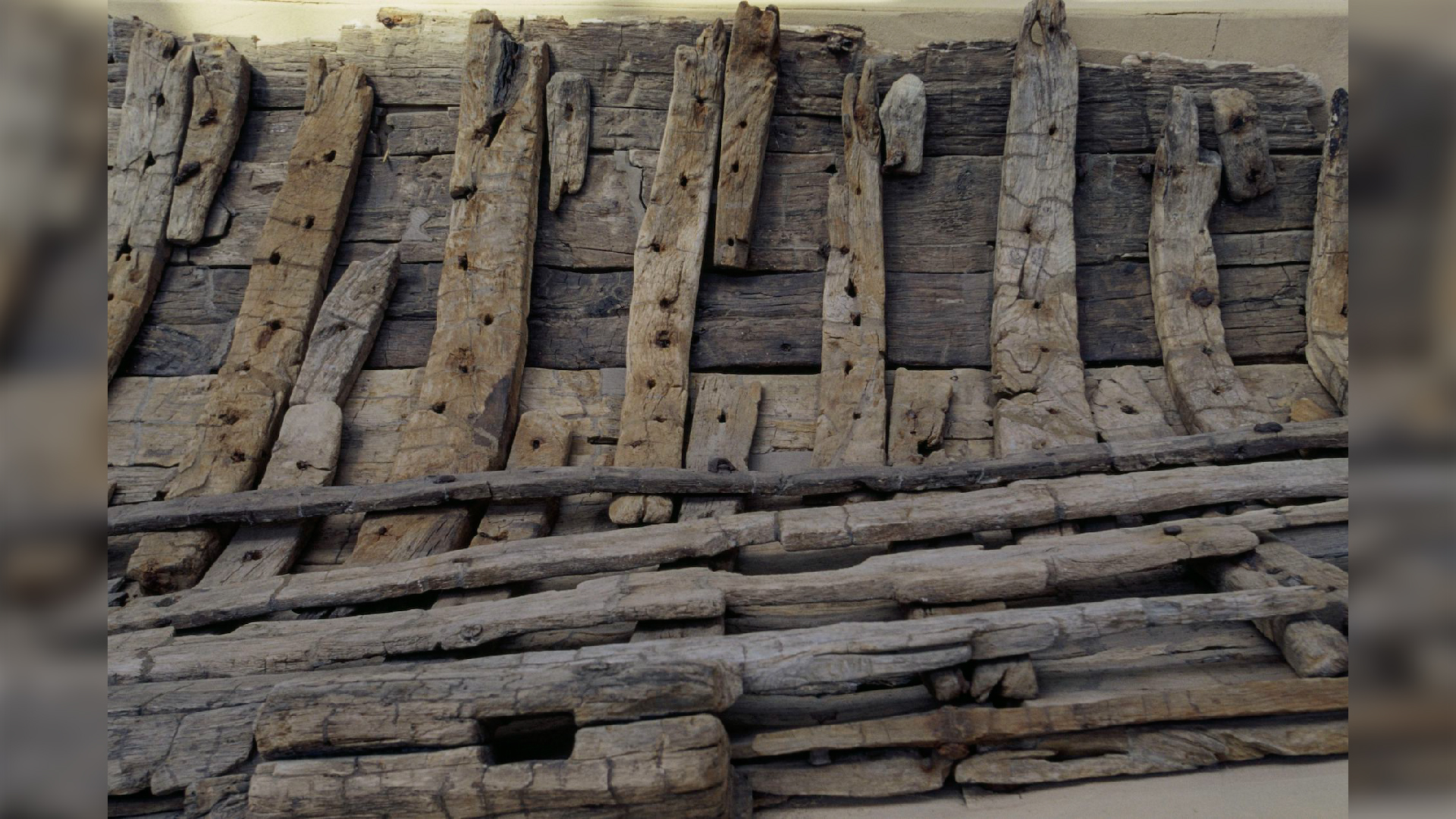
The Roman Empire controlled a vast area that stretched from northern England to Syria. Its most important frontier stretched across central Europe, including parts of Germany. Over the years, a number of small ships used for troop transport have been discovered in the region. The example seen here dates to the fourth century A.D. and is made of oak. This vessel, and other transports that have been found, are on display at the Museum of Ancient Seafaring in Mainz, Germany.
Nemi ships
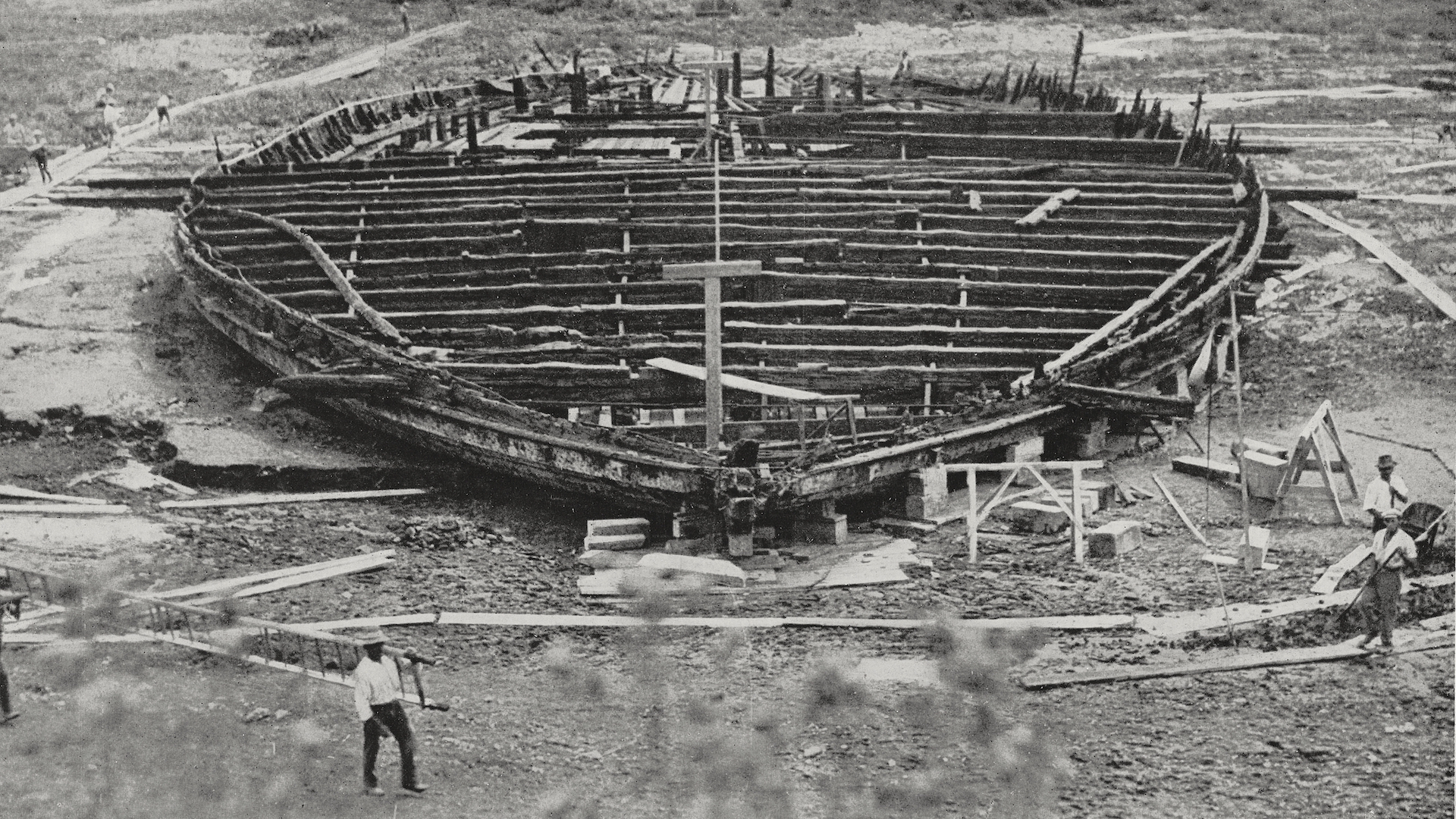
Located in Lake Nemi, the Nemi ships consist of two vessels that were built on orders of the Roman emperor Caligula (reign circa A.D. 37 to 41) John McManamon, professor emeritus of archaeology at Loyola University Chicago, wrote in his book "From Caligula to the Nazis: The Nemi Ships in Diana's Sanctuary" (Texas A & M University Press, 2023). Why the massive ships were created is a mystery, noted McManamon. There is a temple to Diana, goddess of wild animals, on the lake but whether that has anything to do with the vessels is uncertain. The remains of the ships were destroyed during World War II.
Peristera shipwreck
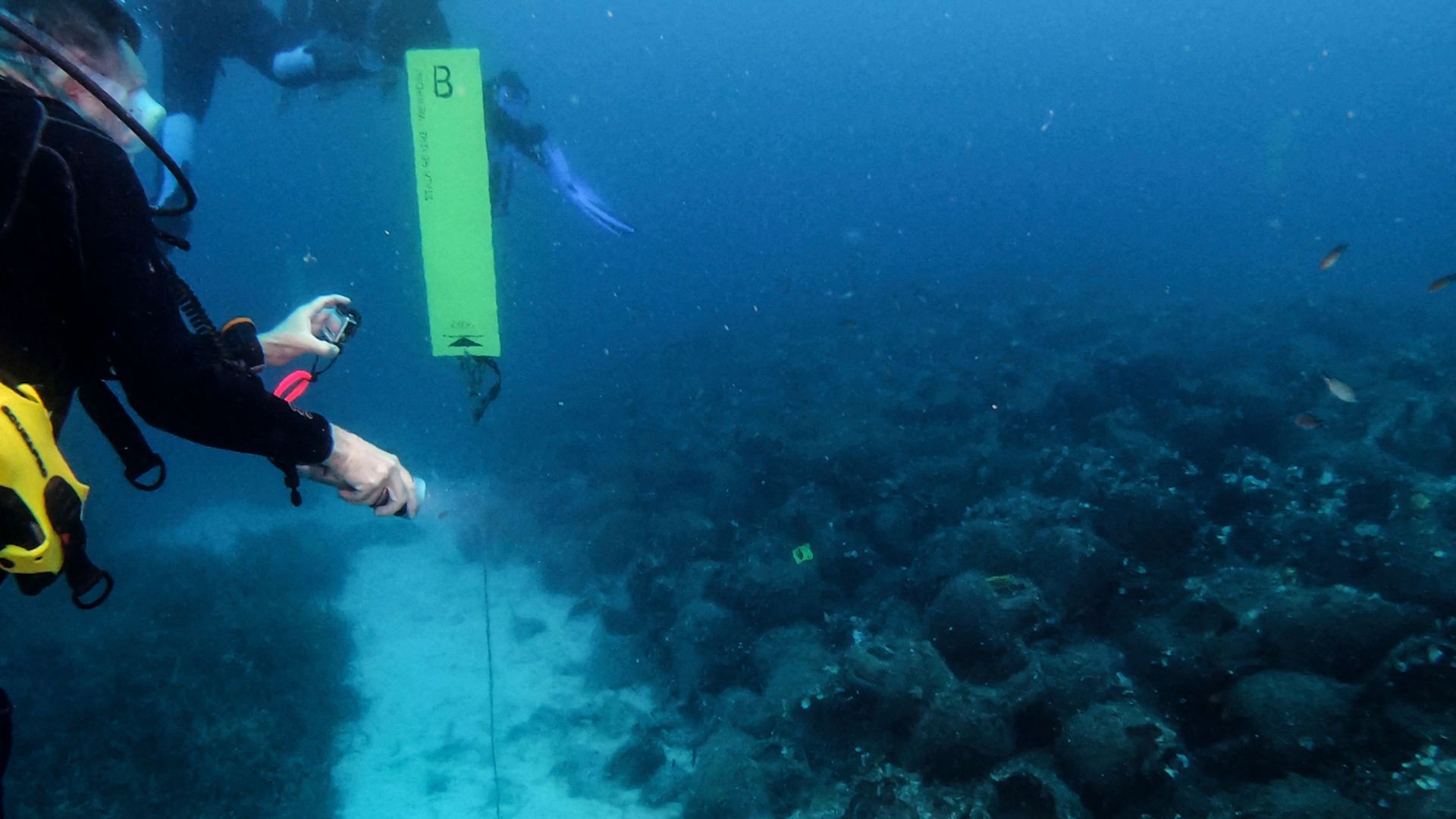
The Peristera shipwreck dates back around 2,400 years and is located near Peristera island in the Aegean Sea. It contains about 4,000 amphorae weighing between 62 pounds (28 kilograms) and 82 pounds (37 kg) each, researcher Fredrik Søreide wrote in his book "Ships from the Depths: Deepwater Archaeology" (Texas A&M University Press, 2011). It's located at a depth of about 66 feet (20 m) beneath the sea. With its immense cargo, the wreck demonstrates the sheer weight of goods that ships of the time were capable of carrying.
Pesse Canoe
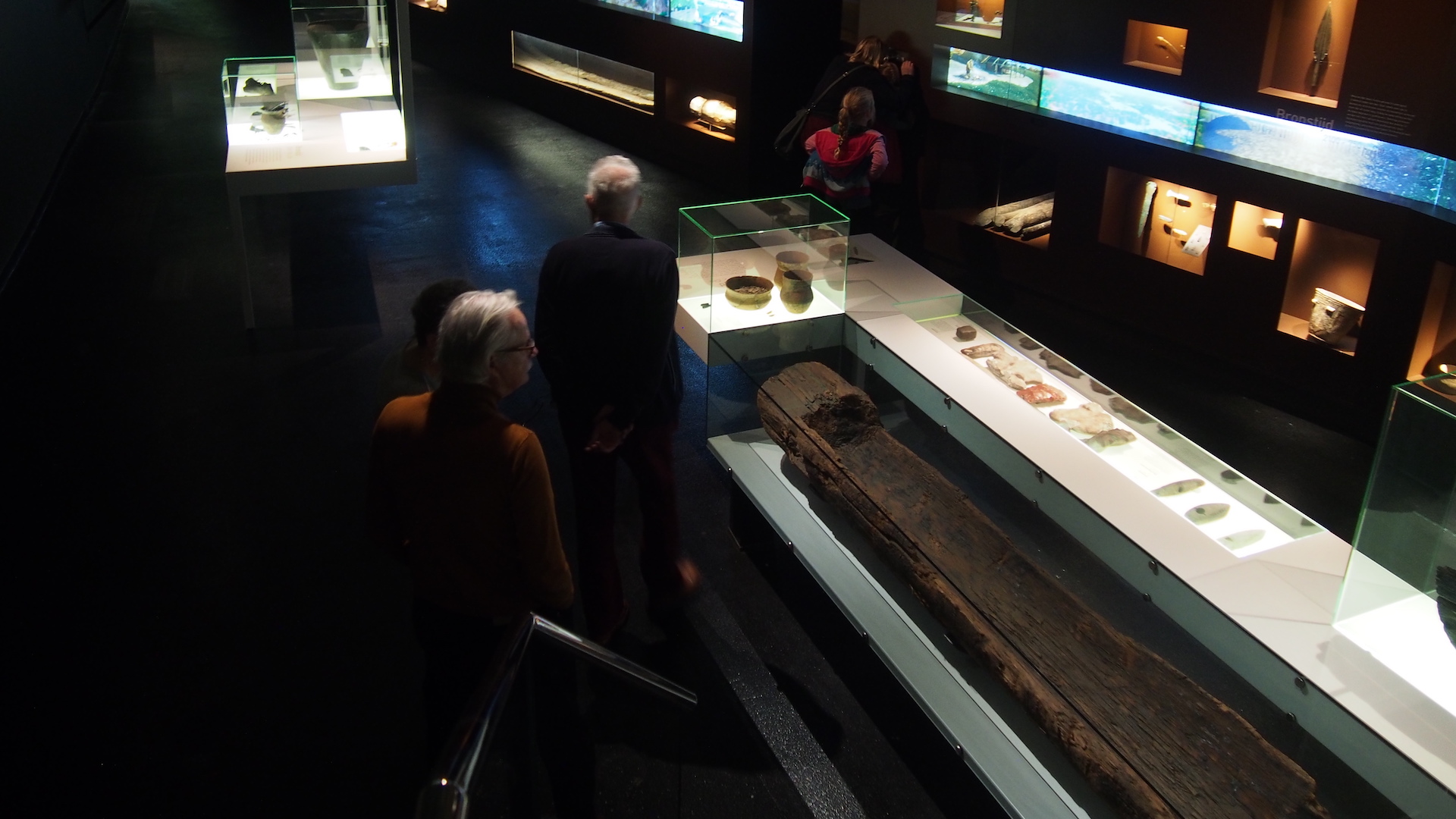
The Pesse Canoe was discovered in 1955 near the village of Pesse, in the Netherlands, during the construction of a motorway. Dating back about 10,000 years, it is the oldest surviving boat in the world, according to the Drents Museum. It is 10 feet (3 m) long and 17 inches (44 centimeters) wide and was dug out with an ax from a pine log, the museum notes. To prove that it was used as a boat, a replica was created and a person successfully paddled in it.
Dokos shipwreck
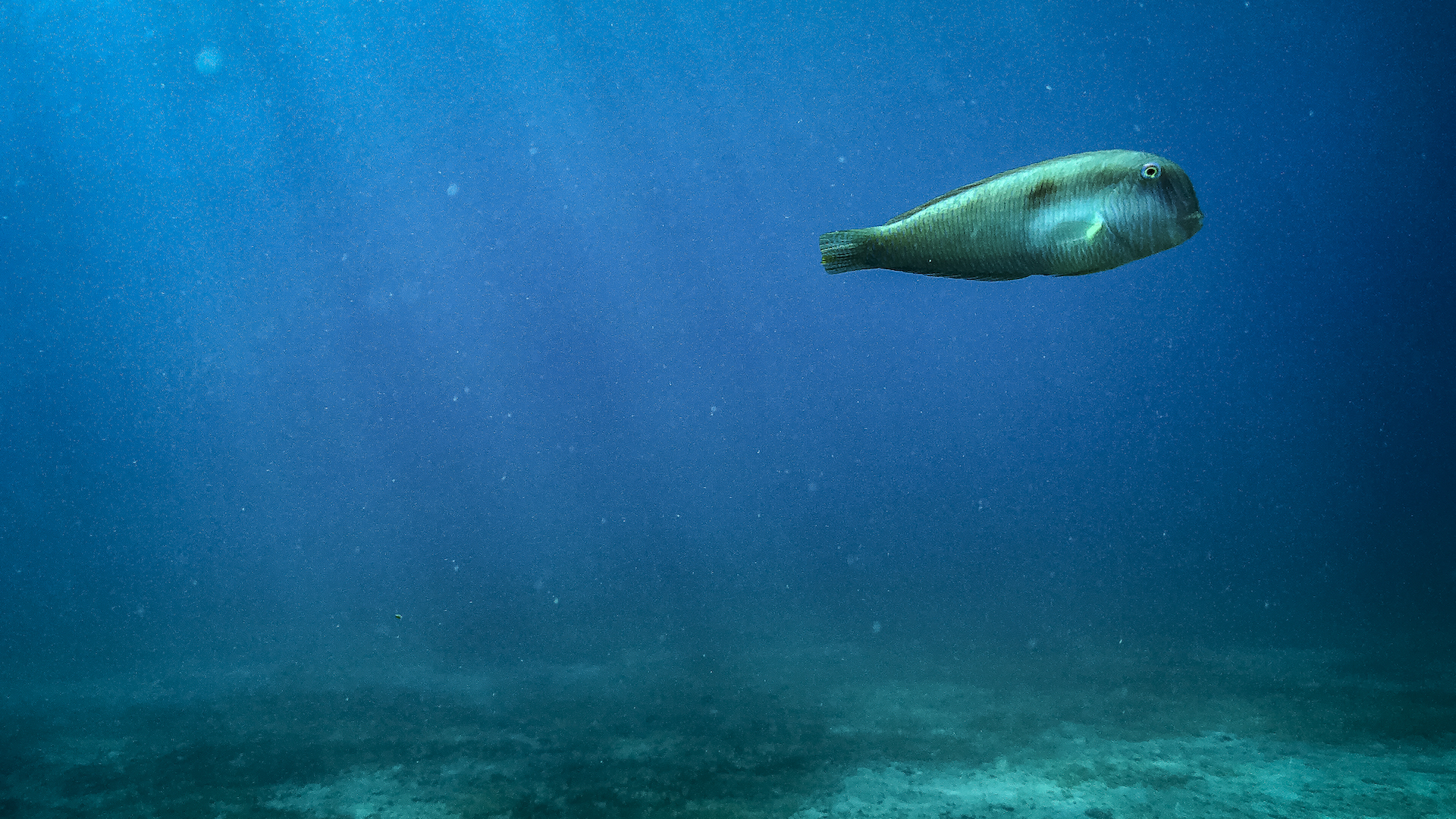
Discovered in 1975 near the island of Dokos in the Aegean Sea, the Dokos shipwreck contains a variety of pottery dating back around 4,500 years. The ceramics found include cups, jars, amphoras, jugs and bowls, archaeologist Shelley Wachsmann wrote in his book "Seagoing Ships and Seamanship in the Bronze Age Levant" (Texas A&M University Press, 1998). No timber remains of the ship have been found, possibly because the ship has completely degraded away.
Antikythera
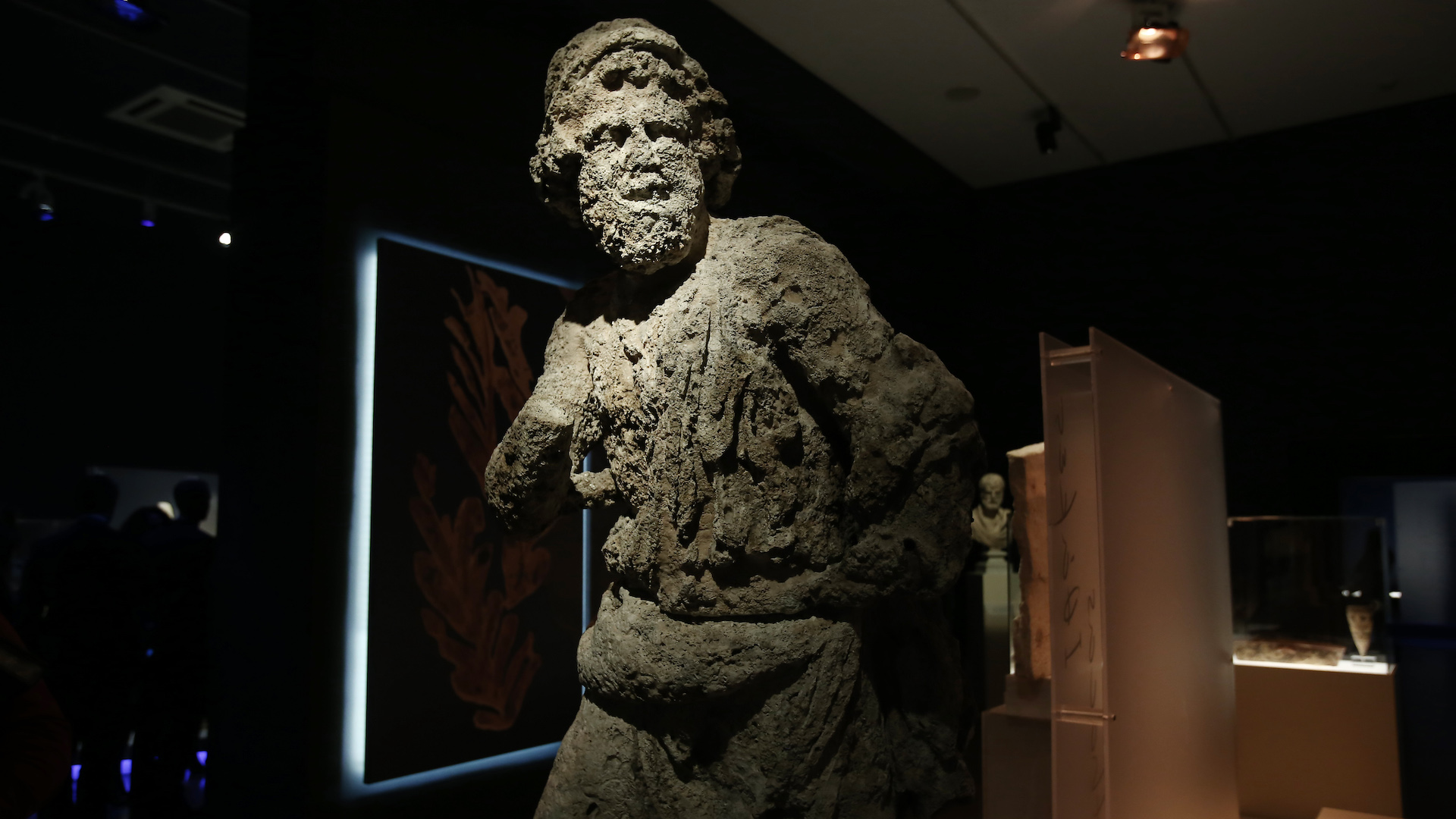
The Antikythera shipwreck, named after the island of Antikythera in the Aegean Sea, dates back about 2,000 years. Found in 1901, it contains a variety of artifacts, the most famous being the Antikythera mechanism, a shoebox-shaped device that is sometimes called the world's oldest computer. The device could determine the motion of the sun, moon and five of the planets and could even tell when athletic competitions, such as the Olympics, were set to take place. The remains of statues, including at least one depiction of Hercules, have also been discovered in the shipwreck.
Sea of Galilee boat
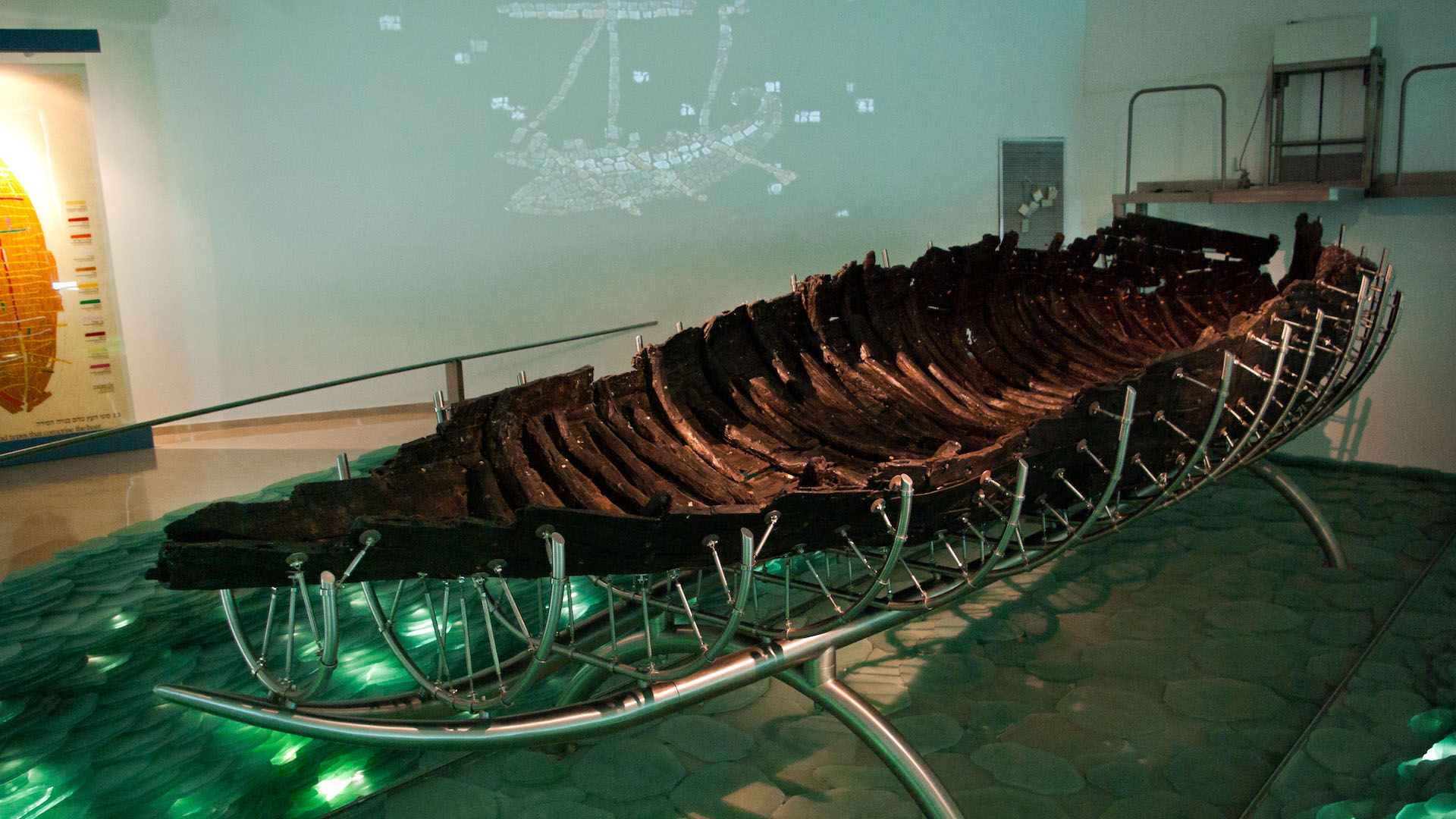
In 1986, the remains of a boat that dates back around 2,000 years, around the time of Jesus, was discovered on the northwest coast of the Sea of Galilee, according to the Yigal Allon Centre. It's been radiocarbon dated between 100 B.C. and A.D. 100. The boat underwent conservation and is now displayed at the center. The gospels state that Jesus and his disciples used boats to travel the Sea of Galilee, and this vessel gives an idea of what they may have looked like.
3,000-year-old Native American canoe
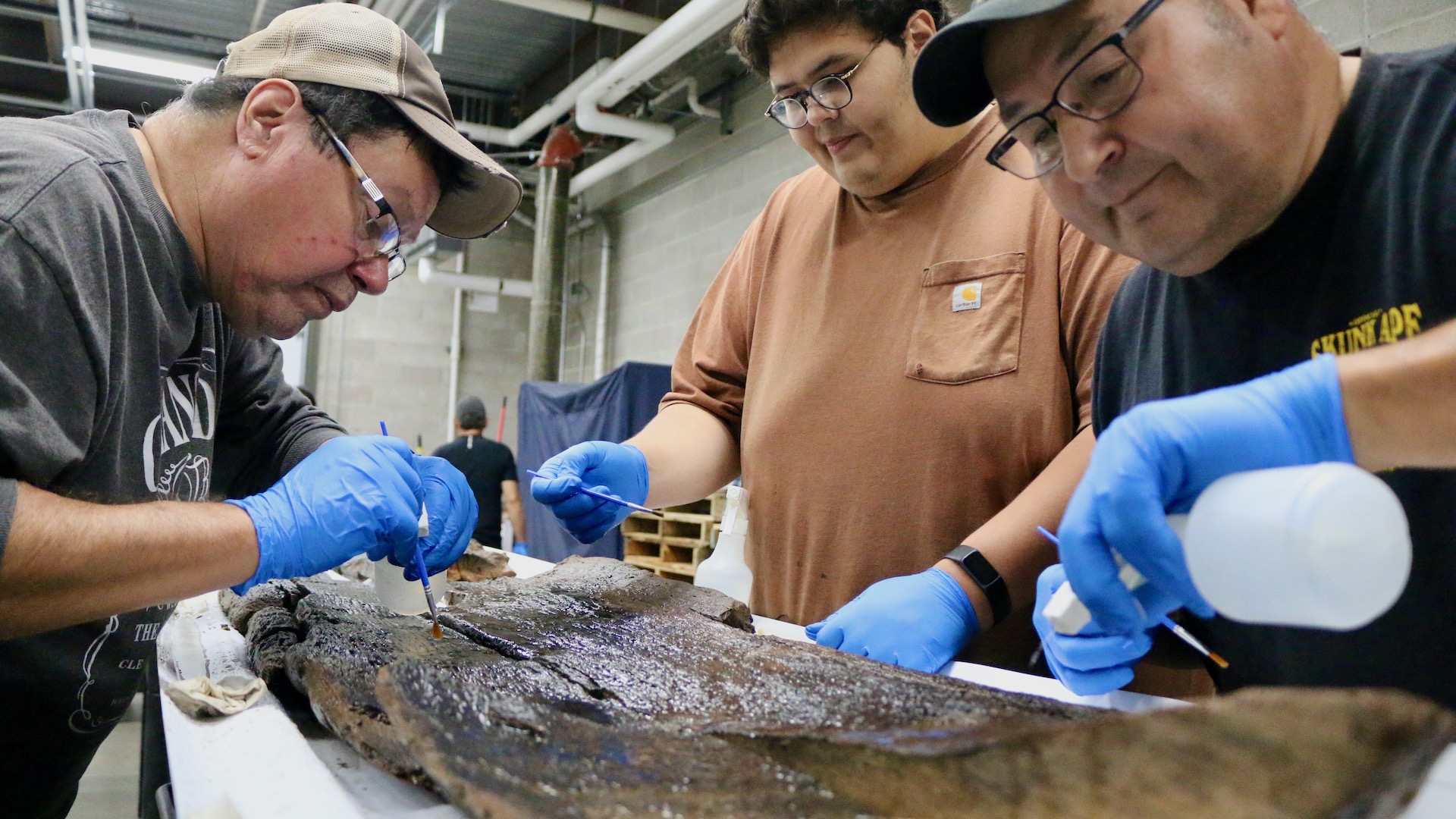
In 2022 a 3,000-year-old dugout canoe was discovered in Lake Mendota in Madison, Wisconsin. It's about 14.5 feet (4.4 m) long and was carved from a single piece of a white oak tree, the Wisconsin Historical Society said in a statement. It was found just one year after a 1,200-year-old canoe was discovered in the same lake, the historical society noted. It's possible that there is a now-submerged Native American village near where the canoes were found.
Chiessi shipwreck
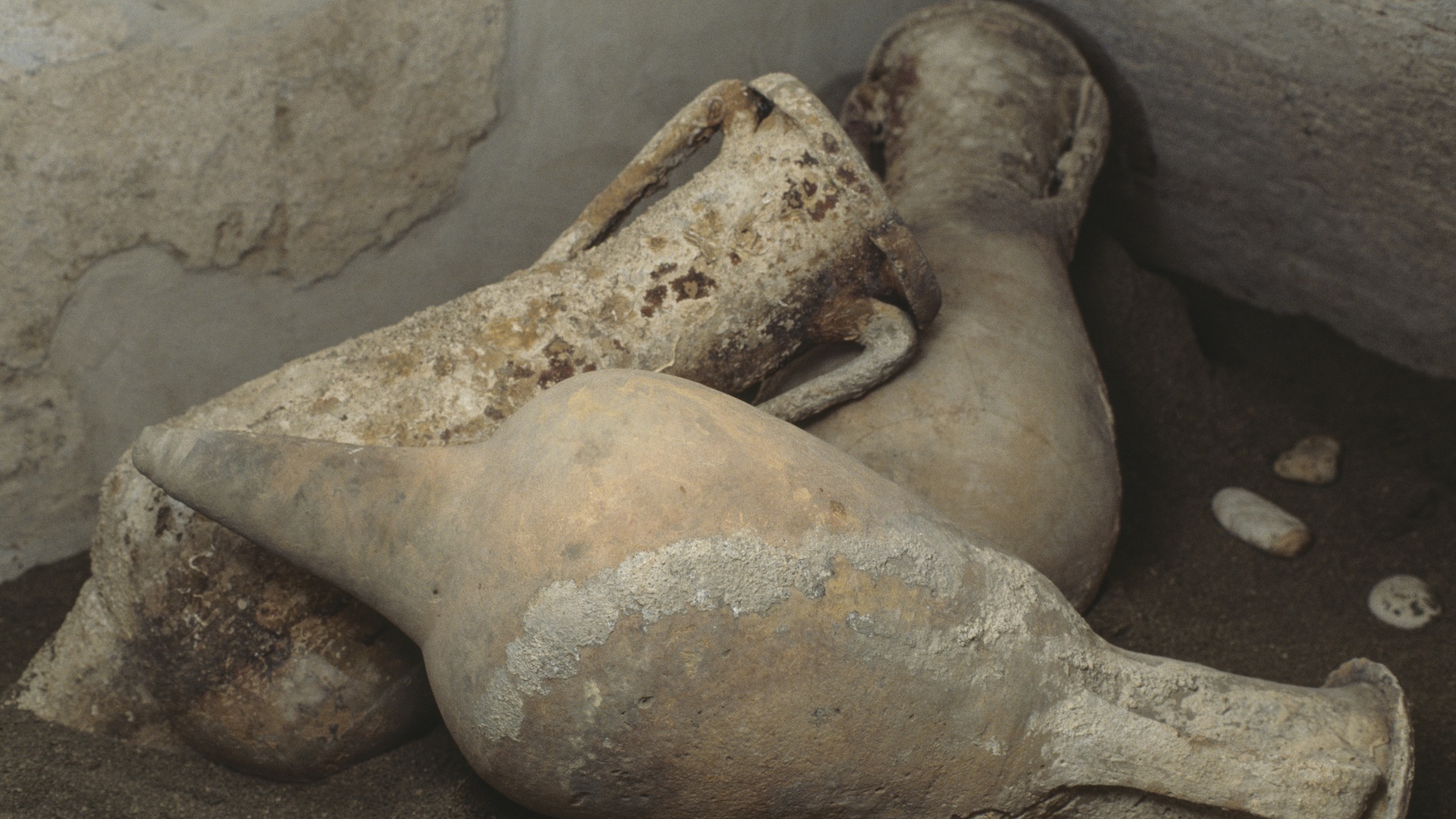
Dating back around 2,000 years, the Chiessi shipwreck was found off the coast of Chiessi, a village on the west coast of the island of Elba in Italy. The ship contained 5,000 to 7,000 amphorae — two-handled jars — which appear to have been manufactured in Spain, wrote Candace Rice, an assistant professor of archaeology and classics at Brown University in a paper published 2016 in the Journal of Roman Archaeology. Much of the cargo consisted of products made from salted fish, wrote Rice, with a small number of amphorae carrying olive oil.
Lead ingots shipwreck
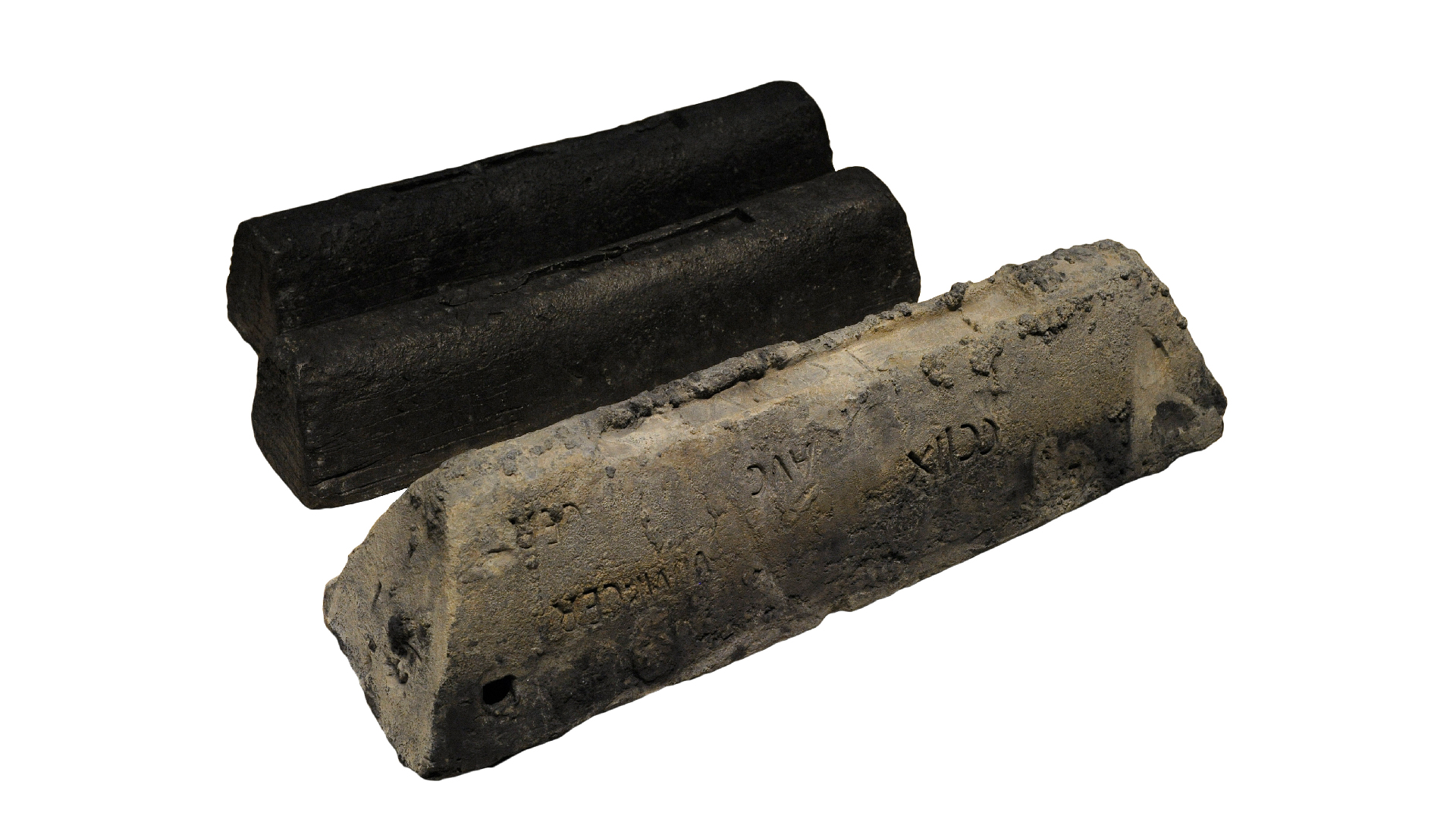
About 2,000 years ago, a Roman ship carrying a cargo that included massive lead ingots sank in the Mediterranean. The heaviest ingot weighs 150 lbs (68 kg), a number equal to about 205 Roman pounds, per the University of Alicante. Markings indicate that the largest ingot belonged to the Roman emperor, possibly Nero. Additionally, about 3,000 jars of fish sauce were loaded onto the vessel. The vessel was about 105 feet (32 m) long and was likely traveling from Cadiz to Rome at the time it sank.
Mahdia shipwreck
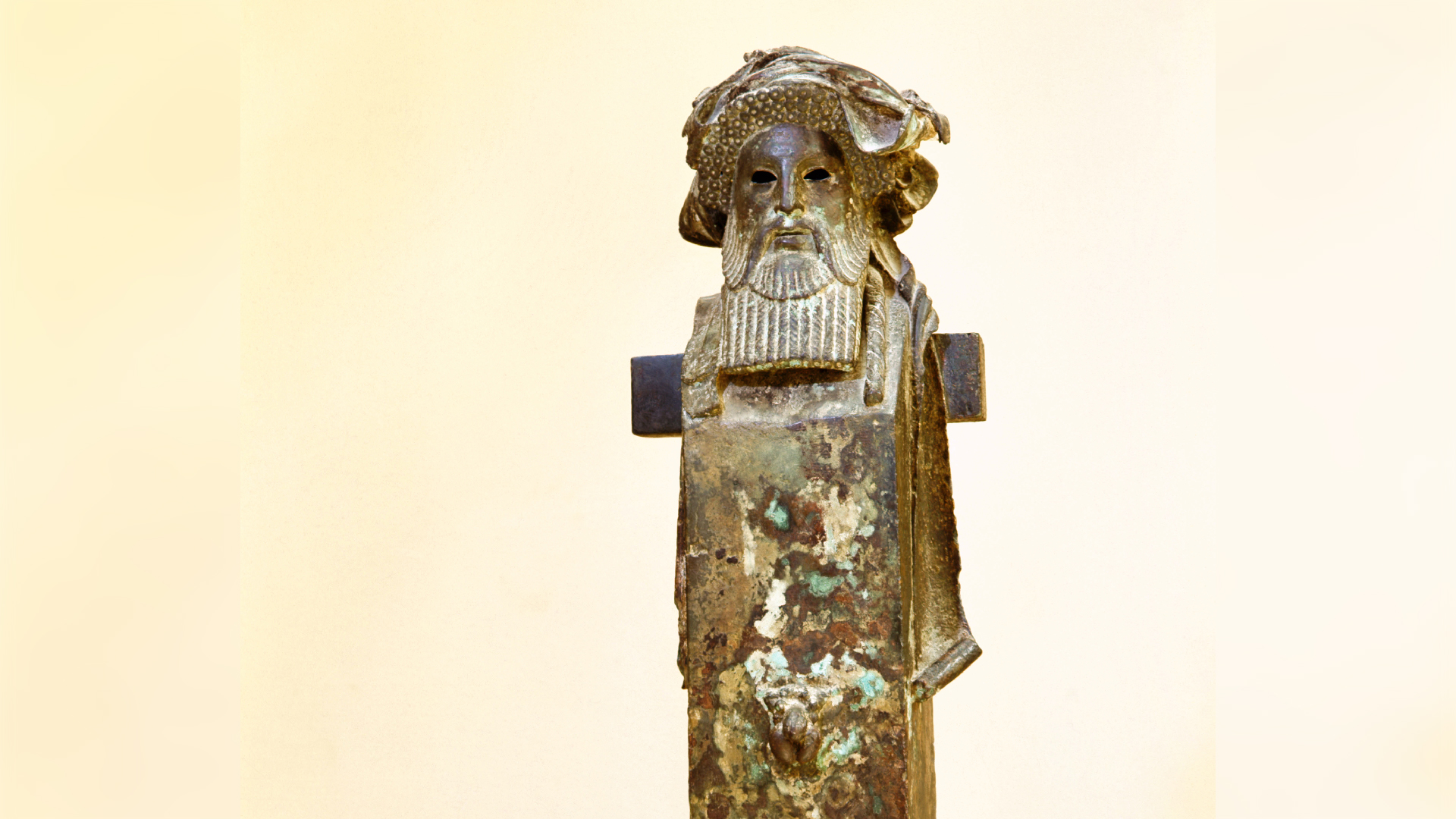
A ship went down off the coast of Tunisia around 2,100 years ago and was discovered by fishermen from the village of Mahdia in 1907, according to the National Gallery of Art. It contained a variety of artifacts, including bronze and marble sculptures, 22 bronze beds, at least 60 marble columns and a highly-decorated candelabra, the museum notes. One particularly interesting artifact is a stela (a stone with a carving engraved on it) depicting Dionysus, a Greek god associated with wine-making and revelry.
Ses Fontanelles
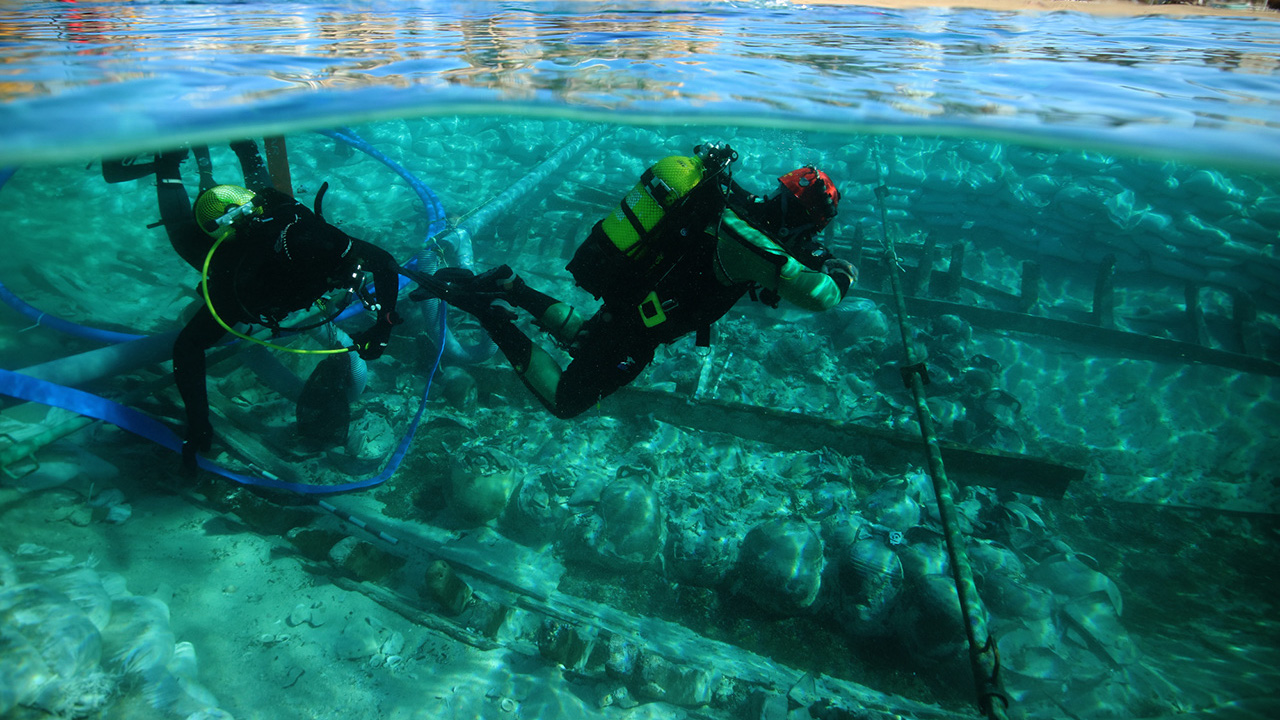
The Ses Fontanelles ship sank around 1,700 years ago near the Spanish island of Mallorca in the Mediterranean. It was carrying about 300 sealed jars, many filled with fish sauce made from anchovies. Some of the jars contained oil from plants and may have held wine, olive oil or olives mixed with vinegar. Some of the jars have a Christian monogram on them, suggesting that they were being sold by a Christian church authority. The wreck dates to around the time of Constantine, a Roman emperor who legalized Christianity and eventually converted to it.
Uluburun shipwreck

The Uluburun shipwreck was found in 1982 by Turkish sponge divers near the town of Kaş, off the southern coast of Turkey. Dating back around 3,300 years, it contains a large amount of copper and tin ingots. The ratio of copper to tin in the shipwreck was 10:1, which is close to the ratio needed to make bronze. Other goods include carved ivory containers, gold jewelry and semi-precious stones, such as carnelian and agate, per the Institute of Nautical Archaeology. Weapons and musical instruments, such as lutes, were also discovered.
Kyrenia shipwreck
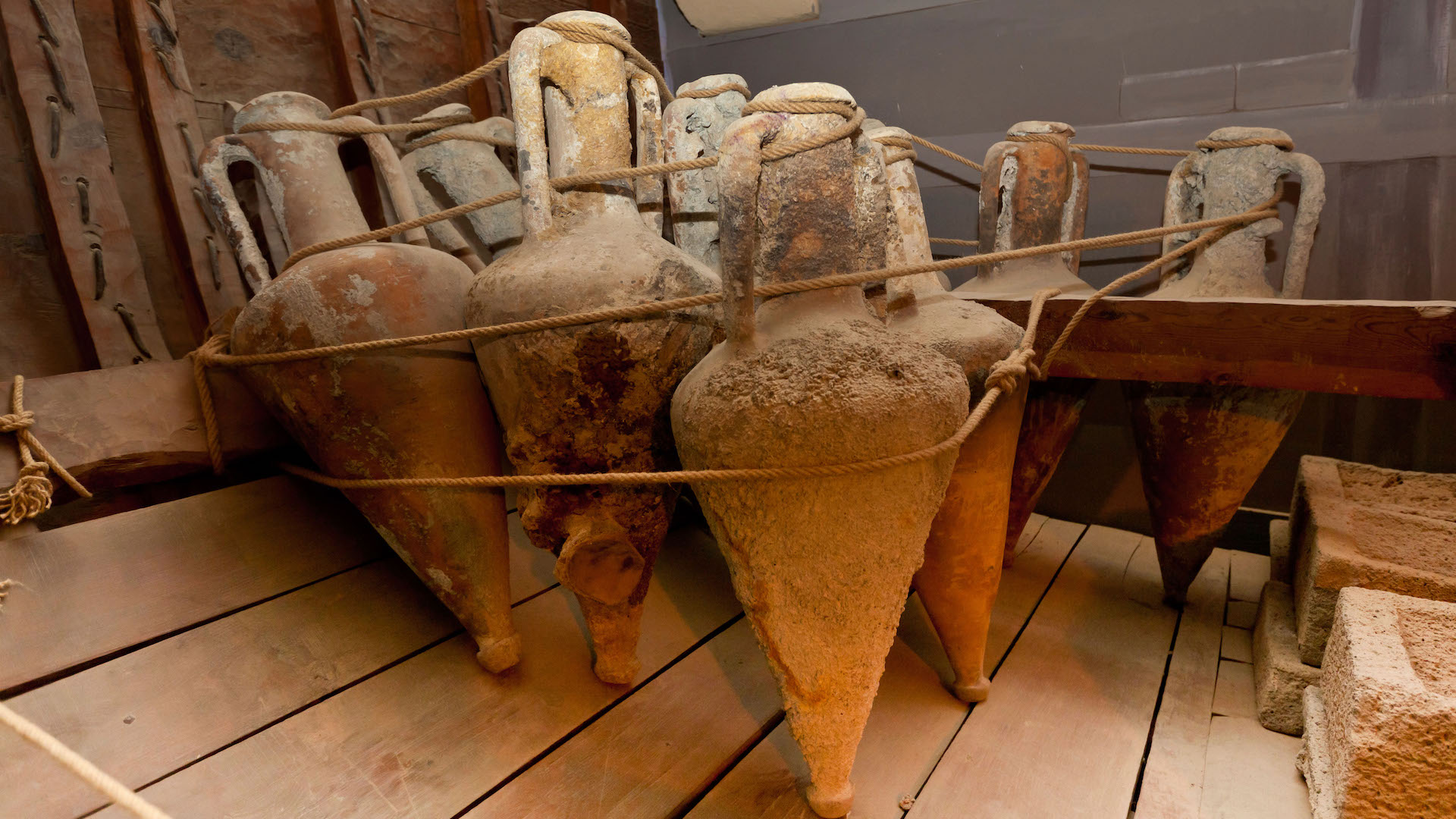
Discovered in 1965 off the northern coast of Cyprus, near the town of Kyrenia, the Kyrenia shipwreck dates back around 2,300 years. The ship carried a cargo of up to 500 amphoras and 27 stones that were used as ballast, the Institute of Nautical Archaeology notes. A reconstruction of the hull suggests that the ship was about 46 feet (14 m) in length. Fragments of lead were also found, and it appears that the ship's hull was covered with lead to protect it against marine life, the institute notes.
Bajo de la Campana Phoenician shipwreck
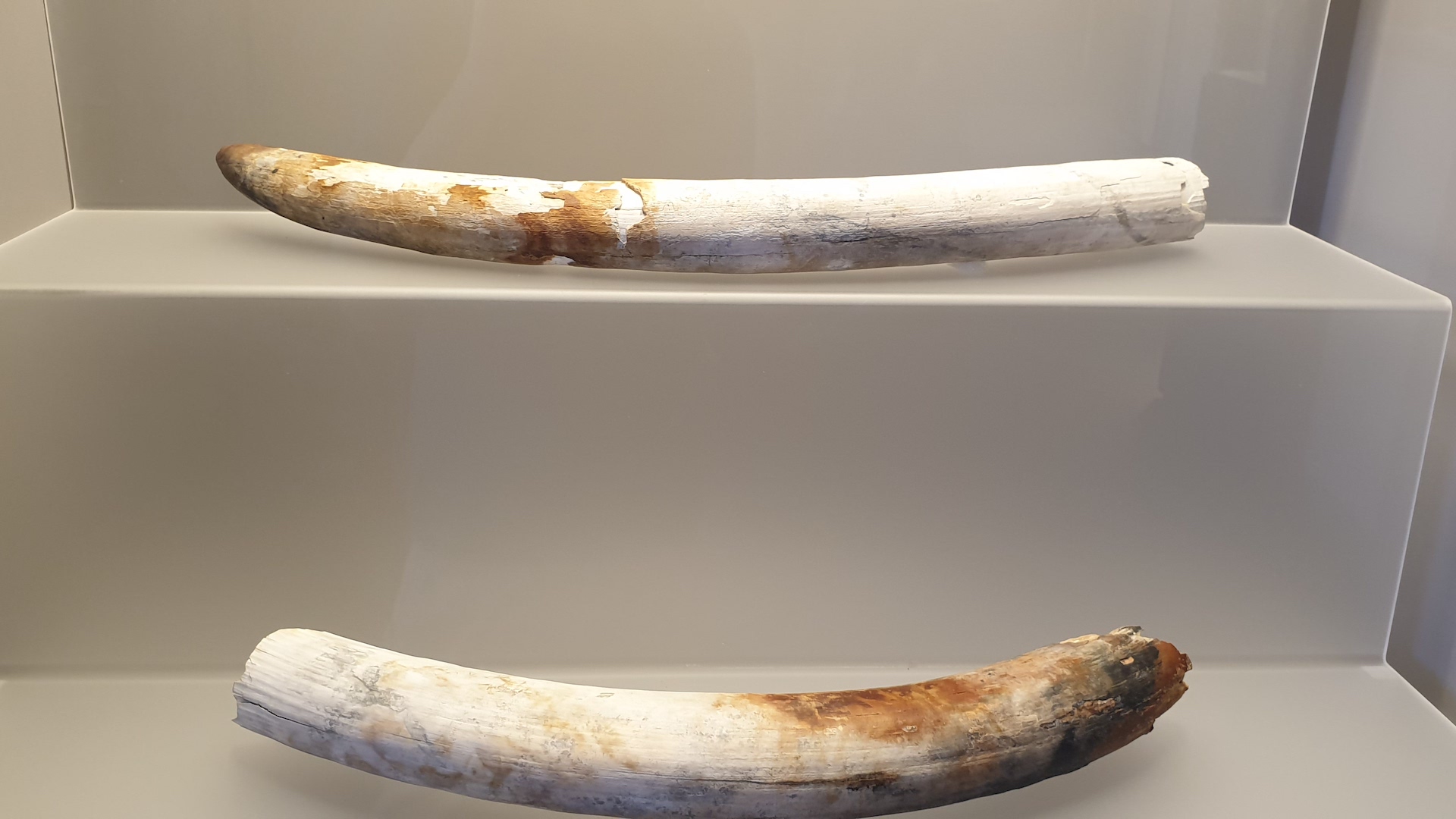
This ship sank around 2,700 years ago near Bajo de la Campana off the southeastern coast of Spain. The ship was used by the Phoenicians, a people who flourished in the Mediterranean from roughly 1500 to 300 B.C. The ship's cargo included 10 elephant tusks, 28 small tin ingots and two copper ingots, per the Institute of Nautical Archaeology. Galena (lead ore) nuggets, pine cones and even wooden combs were found in the remains of the wreck.
Mazarron 2 shipwreck
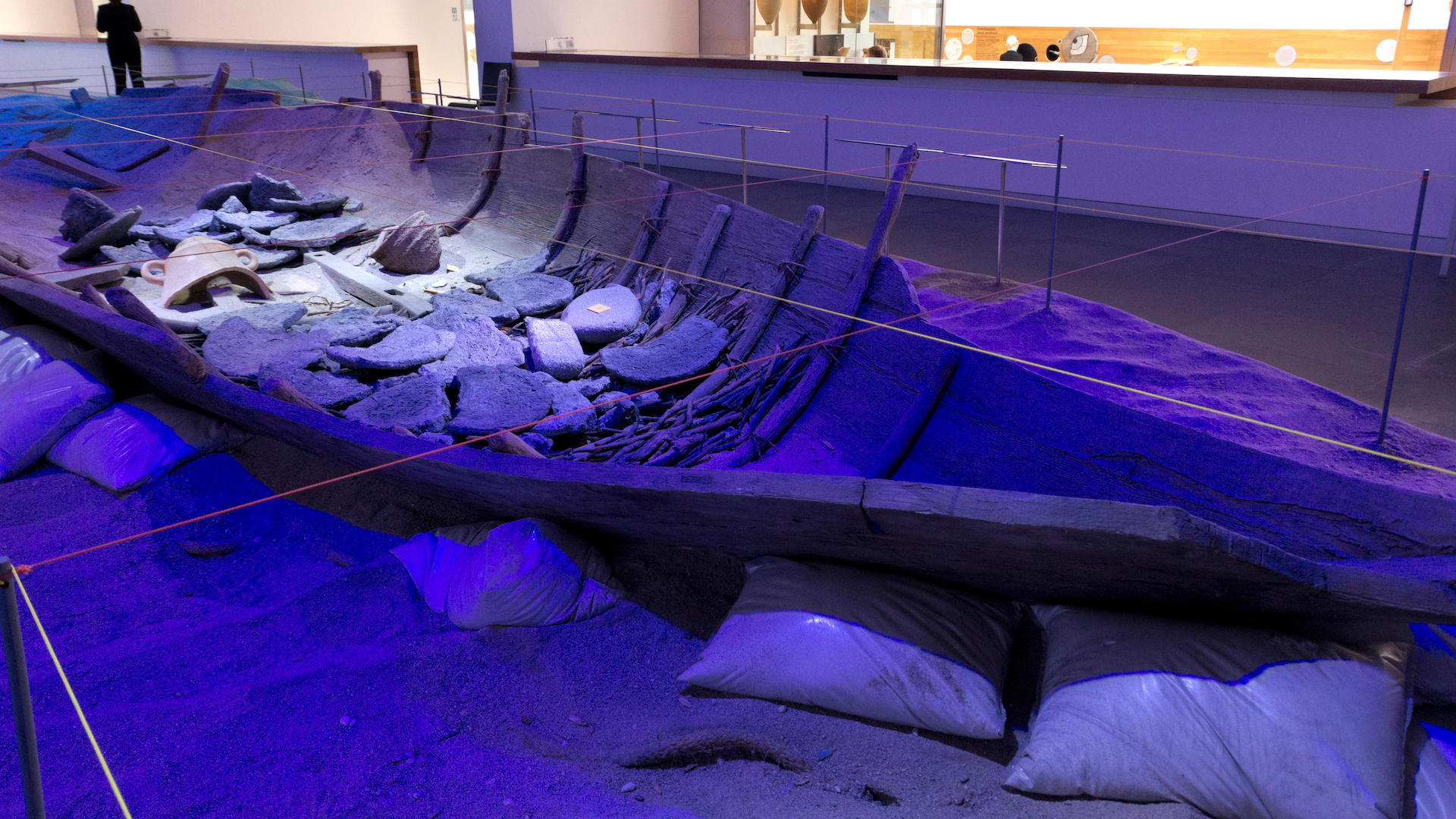
Found in 1995 off the southeast coast of Spain, near the town of Mazarron, the Mazarron 2 shipwreck dates back around 2,700 years. The ship's cargo includes lead ingots, an amphora and a hand grinder, according to Spain's Ministry of Culture. An anchor made of lead and wood was discovered and is one of the earliest known examples of a constructed anchor, the ministry said.
Ma'agan Michael ship
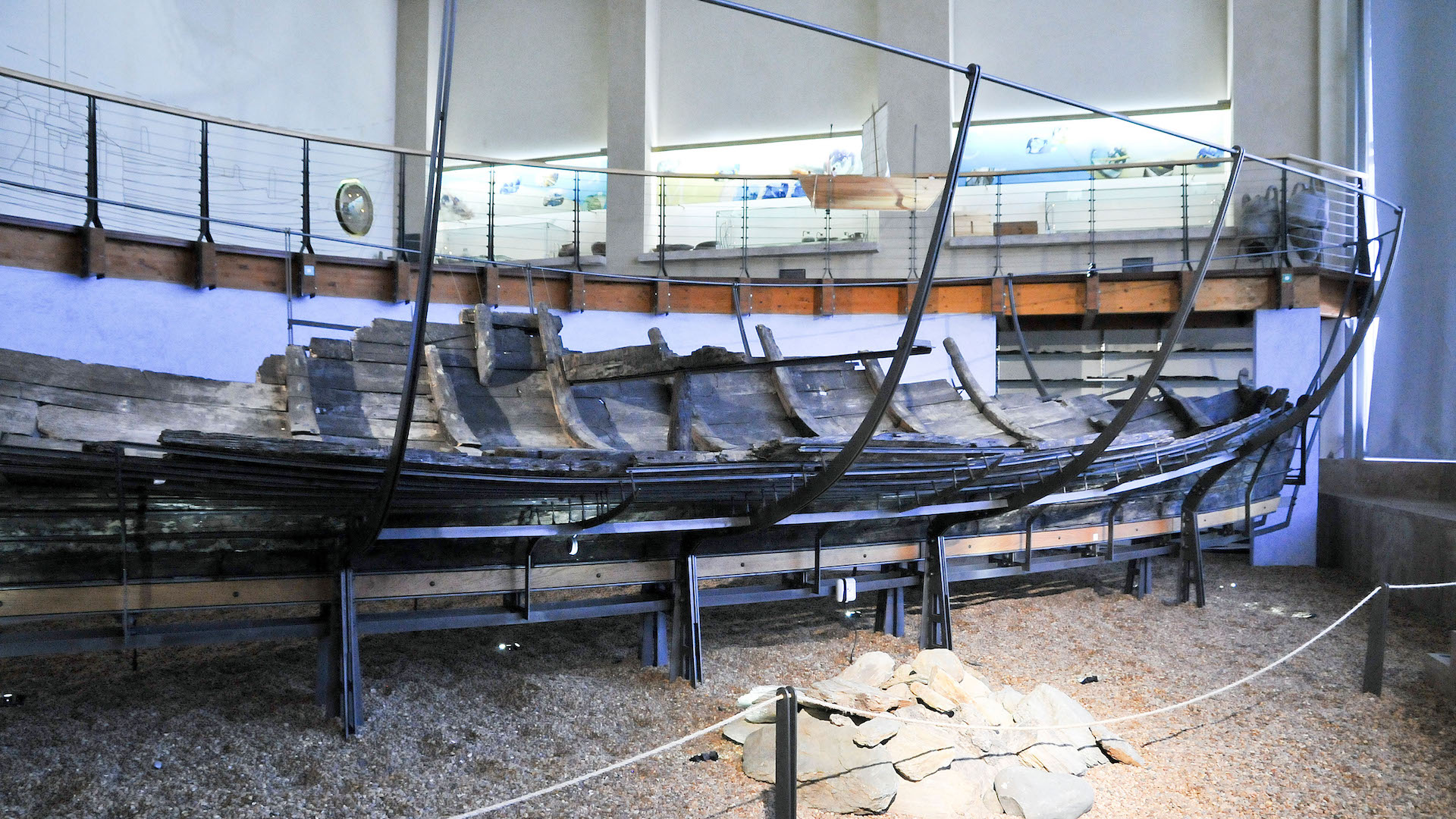
The Ma'agan Michael ship was found near Kibbutz Ma'agan Michael in Israel. Dating back around 2,400 years, its cargo includes a set of wooden carpenter tools, 12 tons of rocks and ceramic vessels, per the Hecht Museum. The ship is about 44 feet (13 m) in length and 13 feet (4 m) in width and is well-preserved, according to the museum. It appears that the ship was beached for some reason, and the crew didn't return to it.
Hjortspring boat
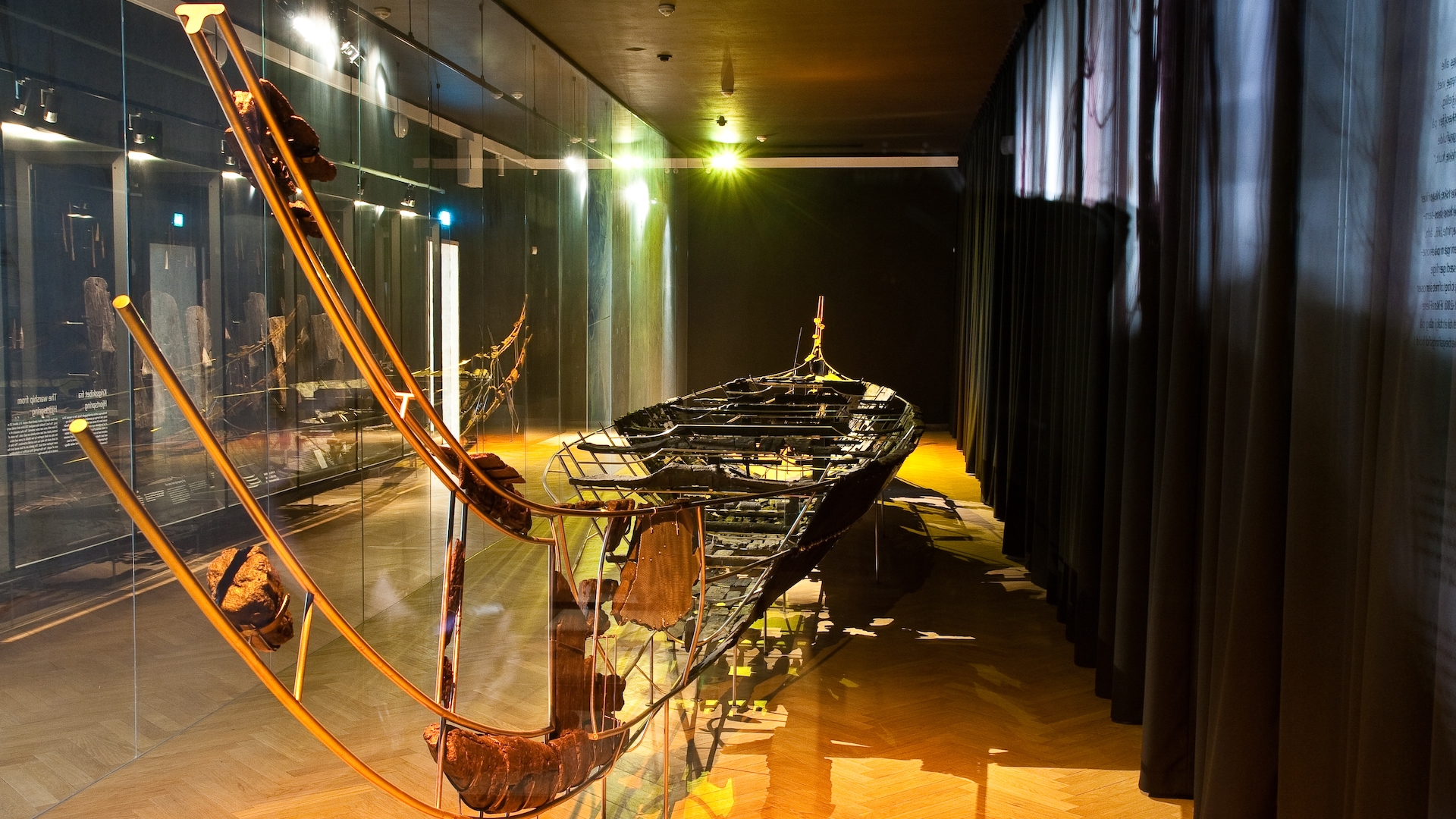
Dating back around 2,300 years, the Hjortspring boat was found in the bog of Hjortspring Mose in Denmark and is northern Europe's oldest plank vessel, according to the National Museum of Denmark. The boat is almost 66 feet (20 m), weighs 1,168 lbs (530 kg) and could carry 24 people with weapons and equipment, the museum notes. The boat's planks are made of lime wood,it has oars made of maple and it has curving extensions at each end.
Kumluca shipwreck
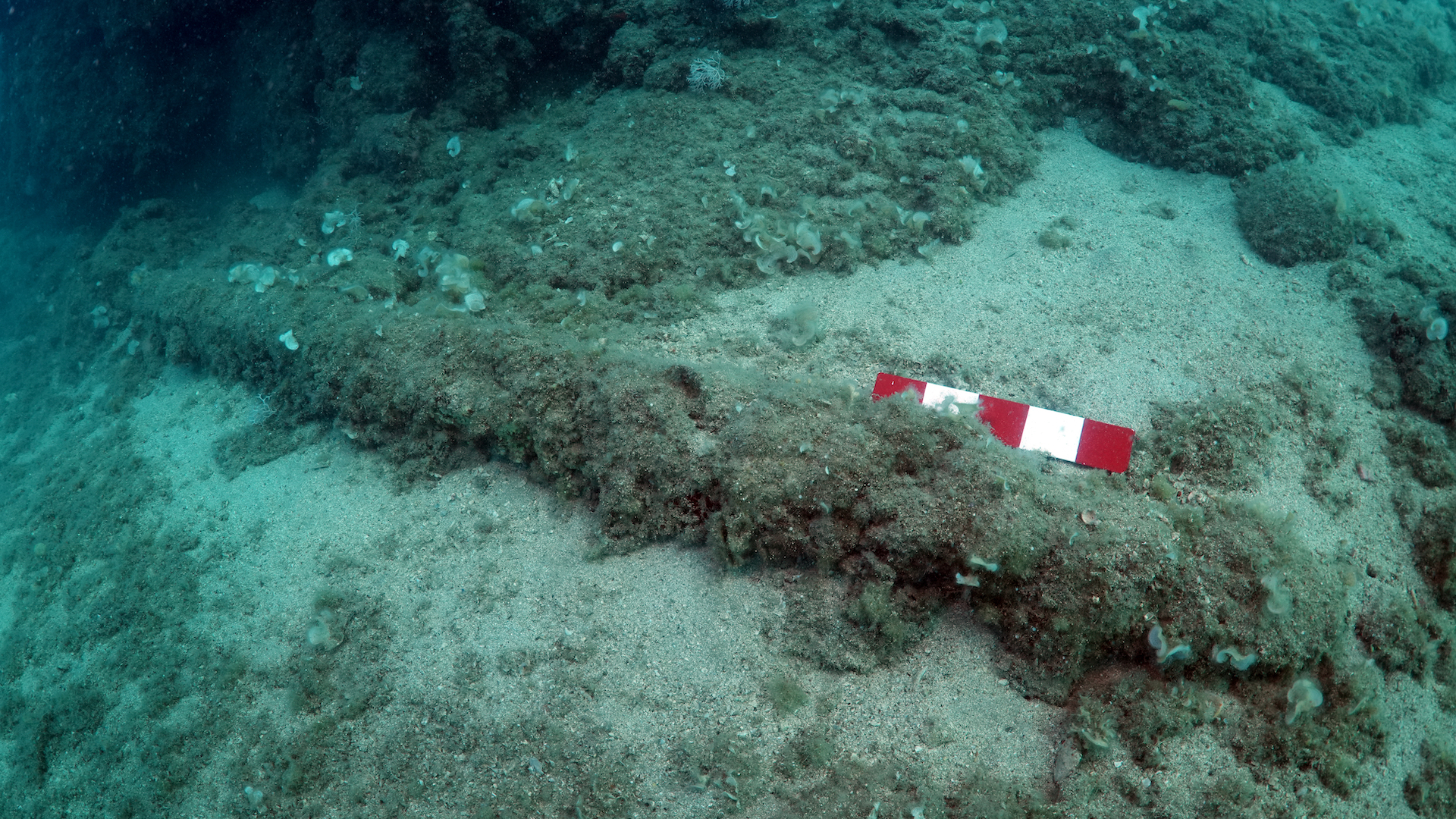
Dating back around 3,500 years, the Kumluca shipwreck is located near the town of Kumluca, off the southern coast of Turkey. Research conducted in 2019 and 2022 found that the shipwreck contains about 100 metal ingots, many of which are encrusted together on the bottom of the sea, per the Institute of Nautical Archaeology. Two disk-shaped balance weights made of lead were also found, along with ceramic fragments and small stones used as ballast, the institute notes.
Roman shipwreck off Caesarea
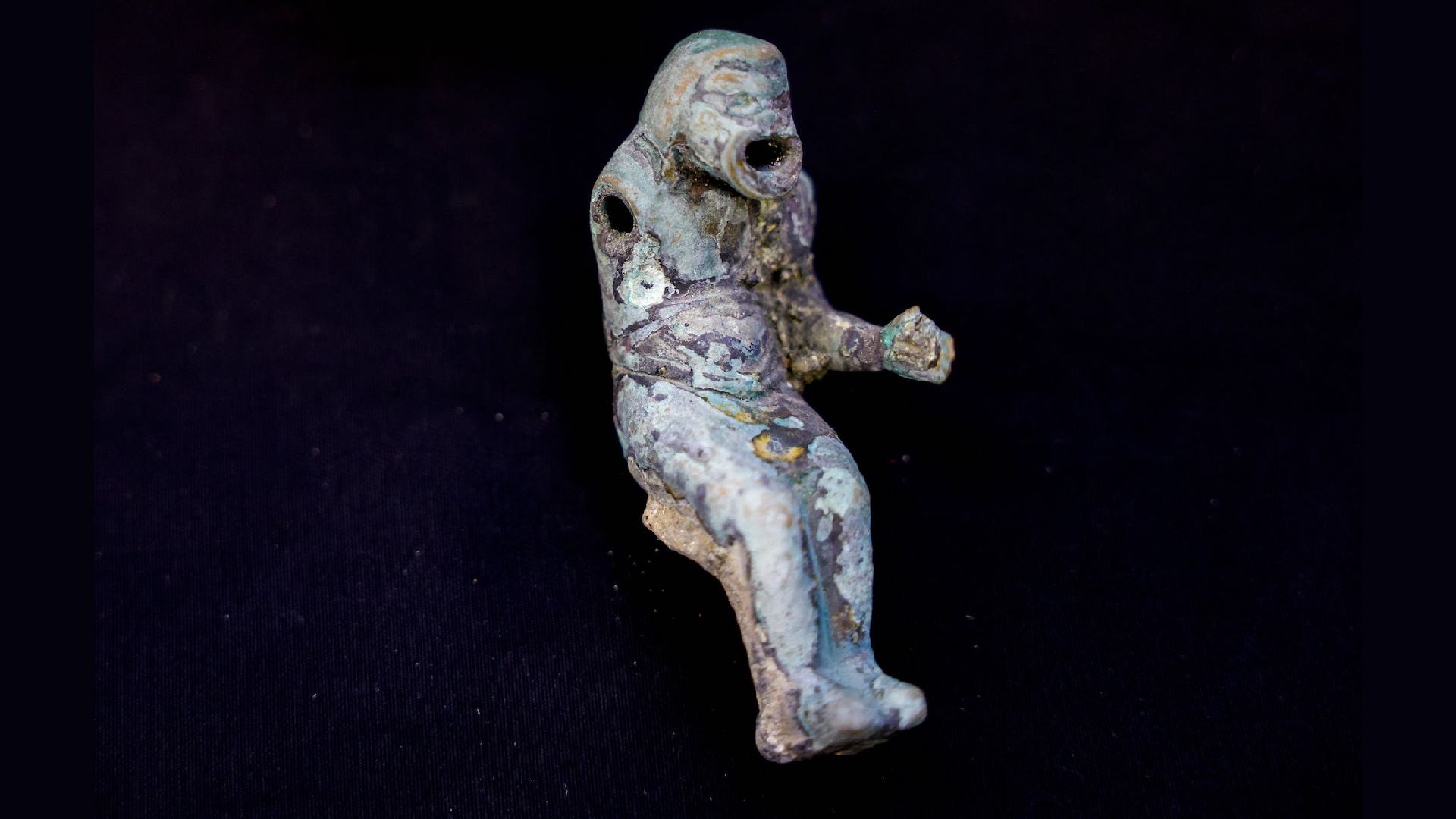
Dating back around 1,700 years, a Roman ship found off the coast of Caesarea in Israel contains a vast number of artifacts. These include hundreds of Roman coins made of silver and bronze as well as Roman statues and figurines, according to the Armstrong Institute of Biblical Archaeology. The shipwreck was found at a depth of just 13 feet (4 m) and may have wrecked during a storm, the institute notes. Another medieval shipwreck dating back around 600 years is located nearby.
Tang shipwreck
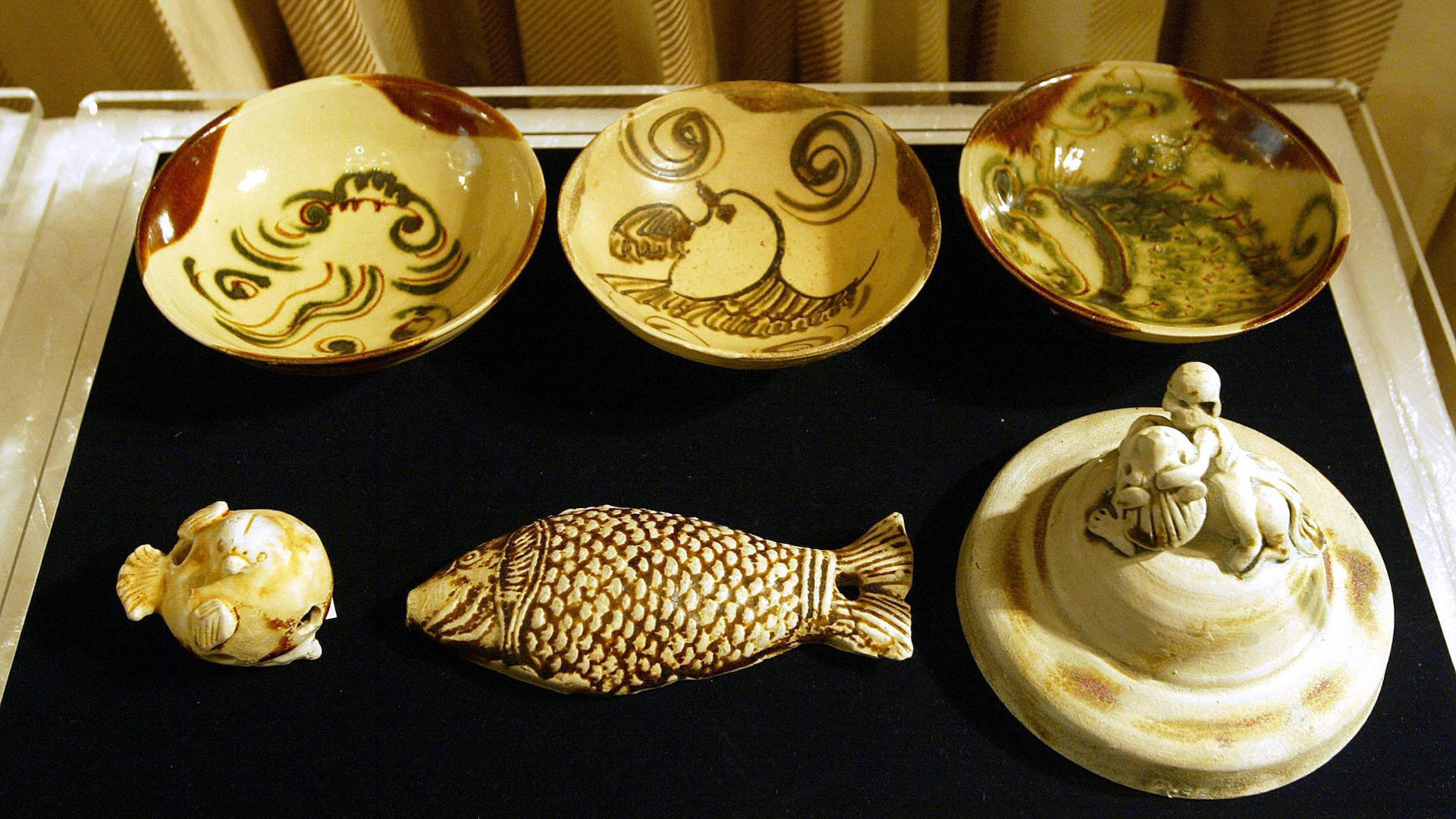
The Tang shipwreck (also known as the Belitung shipwreck) is a ninth century A.D. Arab dhow that sank near Belitung island in Indonesia, per the UNESCO Silk Roads Programme. It was found by local fishermen in 1998 and is one of the oldest shipwrecks in the region. The shipwreck contains 60,000 artifacts that date to China's Tang dynasty (A.D. 618 to 907). Most of the artifacts consist of a specific type of ceramic known as "Changsha ware."
Nanhai No. 1 shipwreck
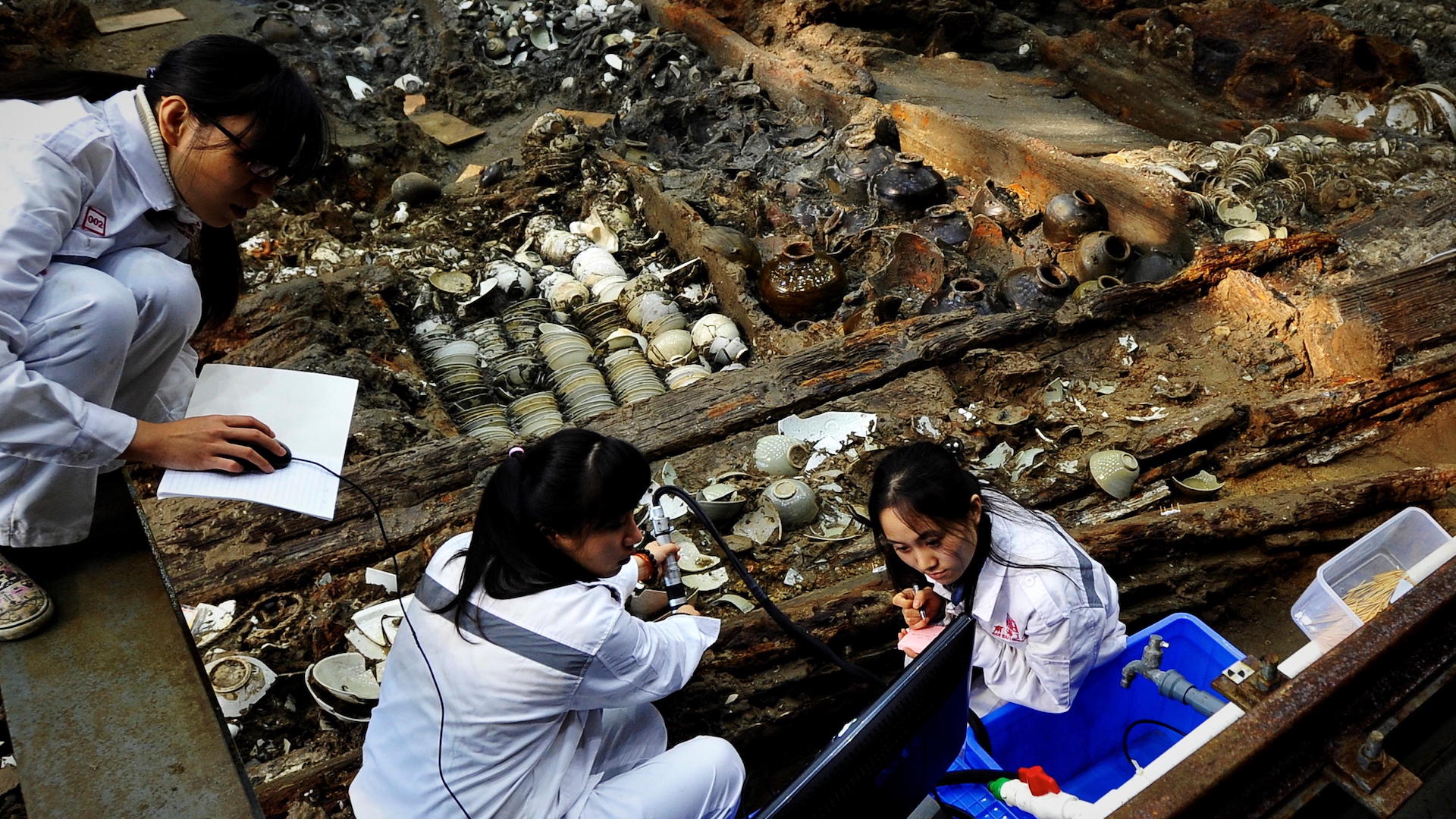
The Nanhai No. 1 shipwreck, as it is now called, is about 98 feet (30 m) long and 33 feet (10 m) wide, per the UNESCO Silk Roads Programme. It may have been built during the Southern Song dynasty ( A.D. 1127 to 1279). About 60,000 artifacts were found inside, including porcelain vessels, iron wares, copper coins and copper rings, UNESCO notes. It was found about 82 feet (25 m) beneath the surface in 1987 but was not excavated until 2007.
Quanzhou ship
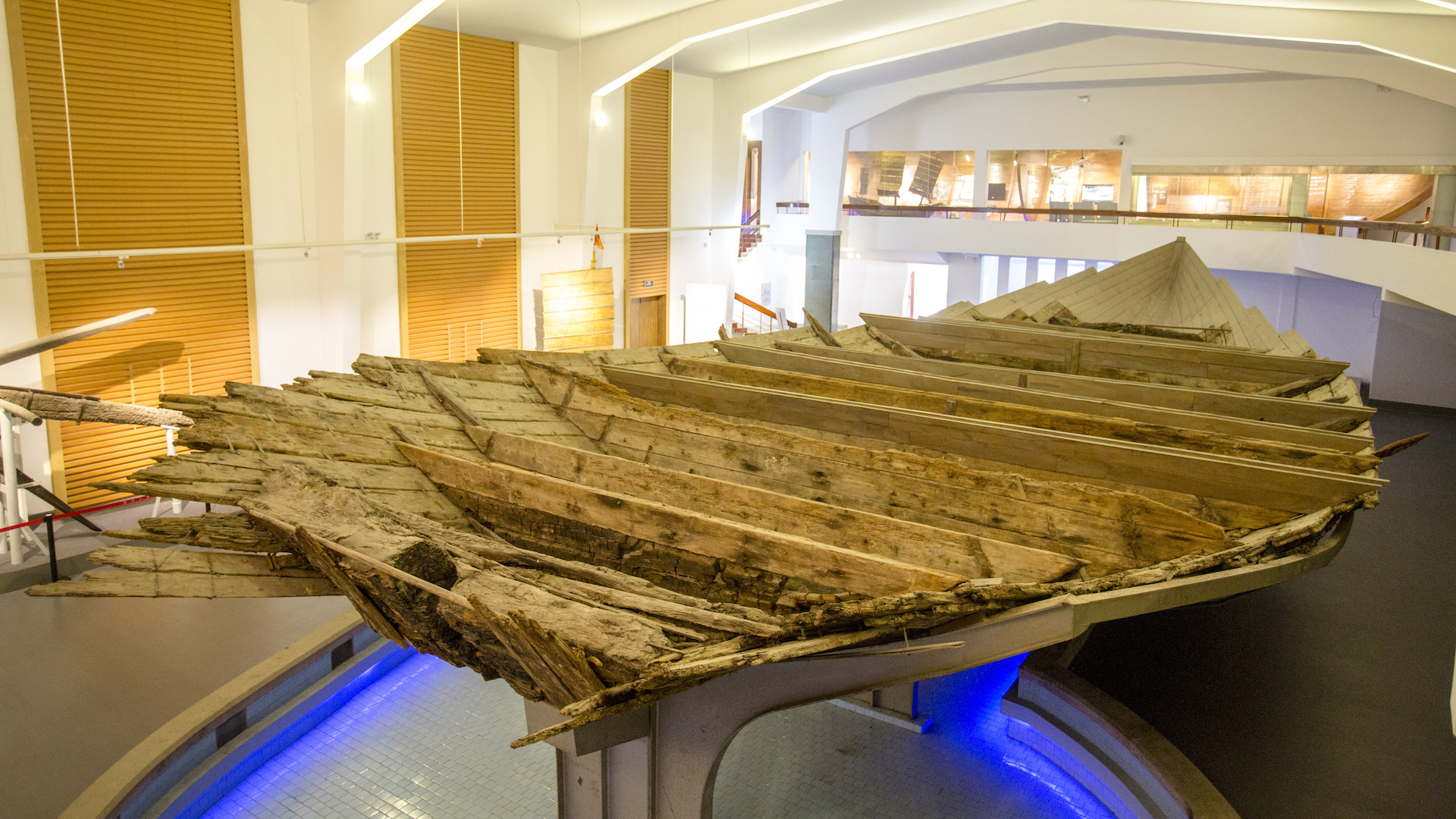
Discovered in 1973, the Quanzhou ship (also called the Quanzhou wreck) dates to the Song Dynasty (circa A.D. 960 to 1279), possibly to its final years before the dynasty was taken over by the Mongols. It was found near the city of Quanzhou in the Taiwan Strait. More than 500 coins, the latest dating to the 13th century A.D., were found inside it. The remains of spices, such as pepper, were also found in its remains.
Godawaya shipwreck
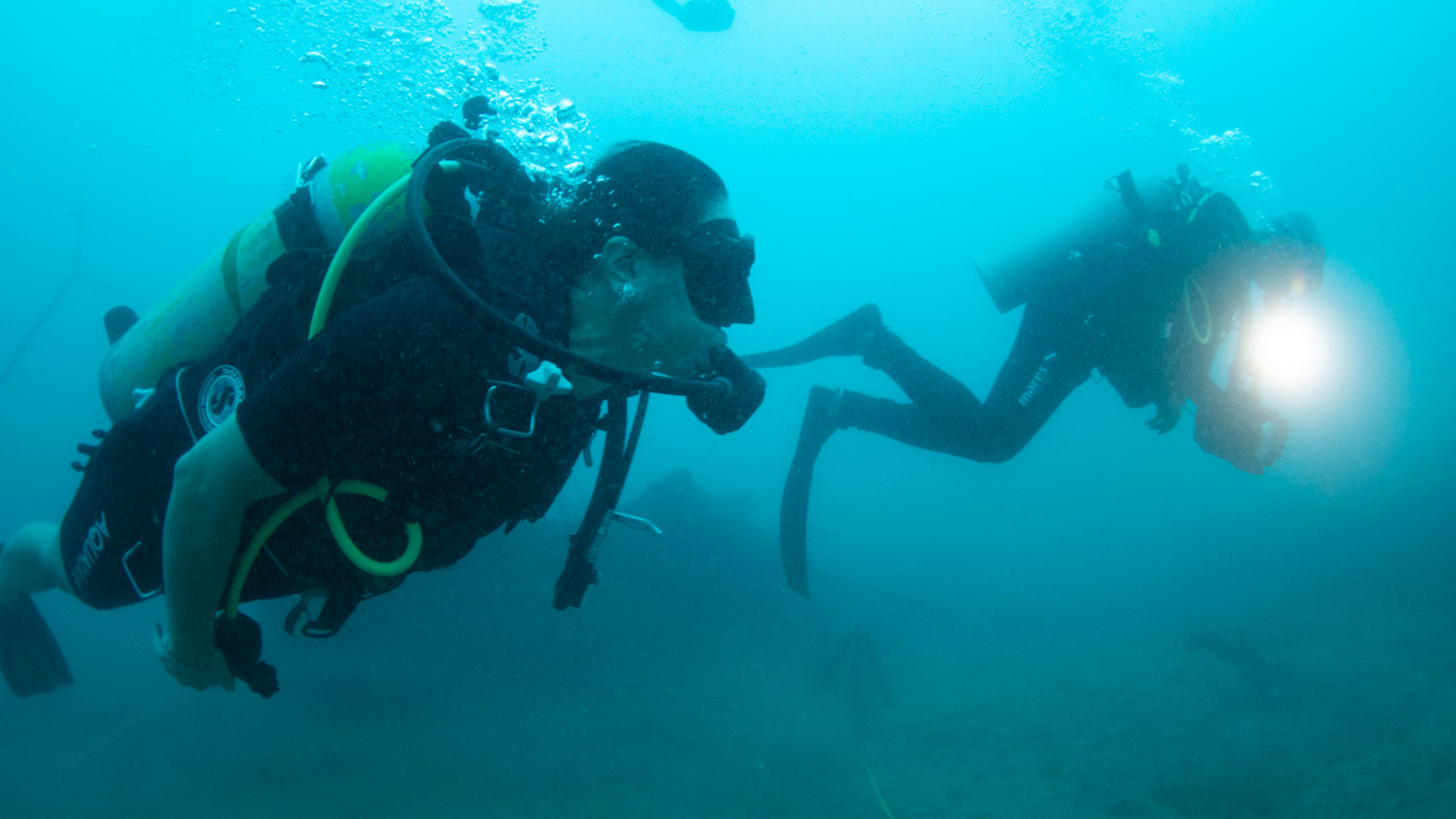
Found by fishermen in 2003 near the settlement of Godawaya (also spelled Godavaya), off the south coast of Sri Lanka, the Godawaya shipwreck dates back around 2,100 years. Located about 108 feet (33 m) beneath the sea, it might be the remains of a Roman ship, per the Institute of Nautical Archaeology. The remains include iron ingots, ceramic bowls and glass. It is likely the oldest known shipwreck in the Indian Ocean.
Nydam boat
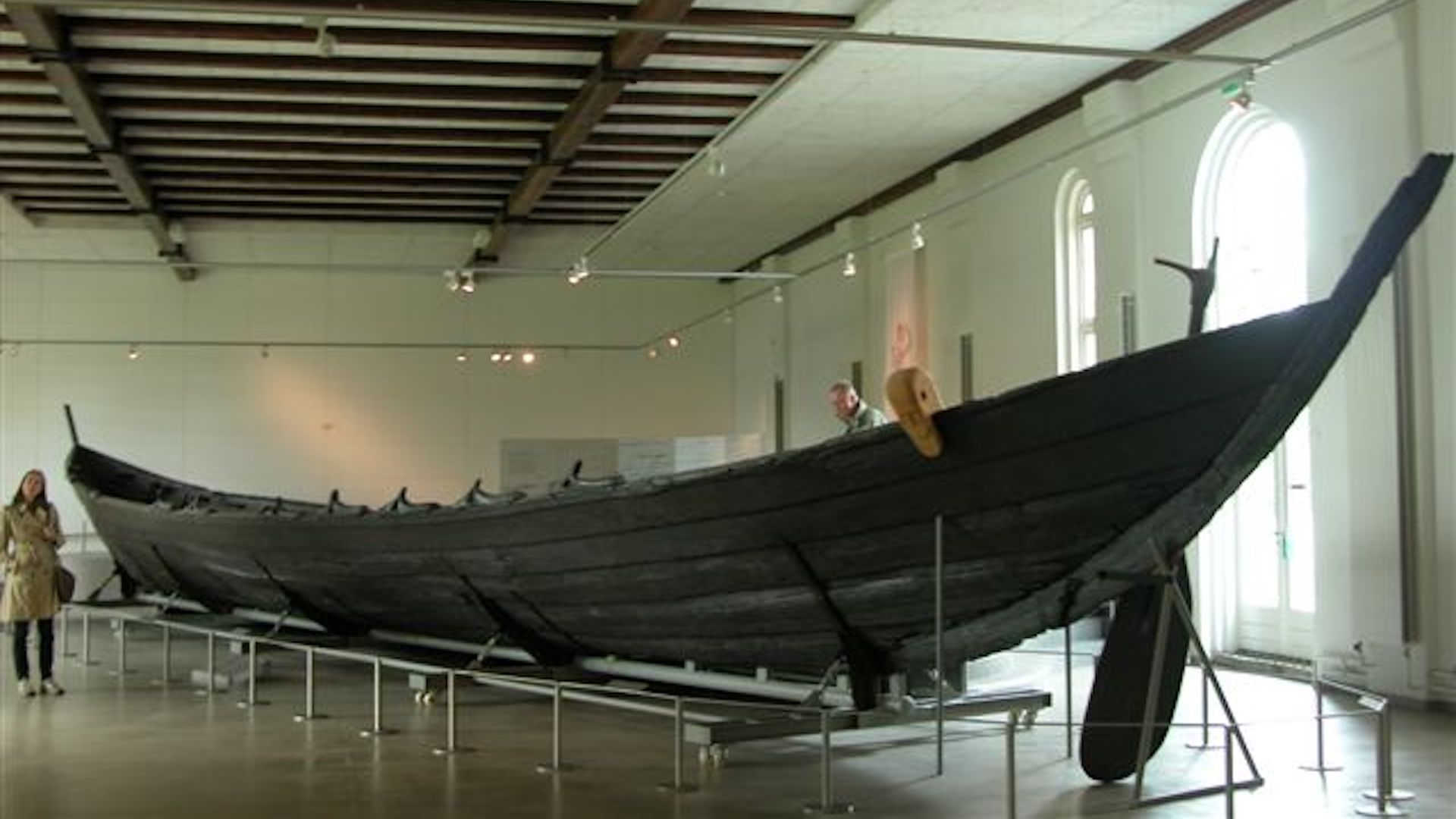
Discovered in a bog at the site of Nydam Mose near the eastern coast of Denmark, the Nydam boat was discovered in 1863 and dates back around 1,600 years. It's one of the oldest clinker-built boats in northern Europe. Clinker building involves having planks of the boat overlapping each other to help reinforce and strengthen the hull. The boat may not have been accidently lost but rather may have been intentionally sunk in the bog as part of a ritual.
Khufu ship
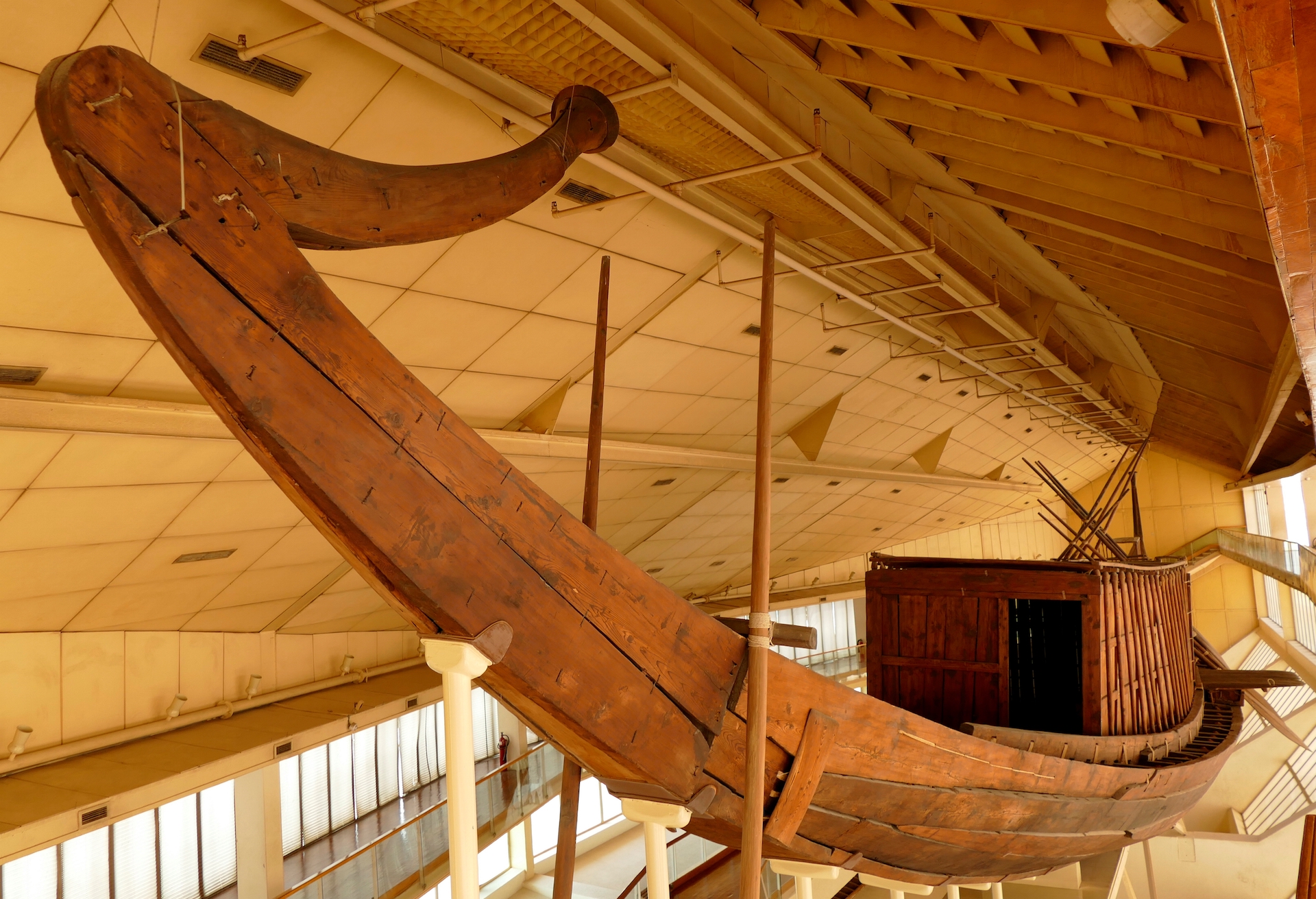
While calling this a "shipwreck" is a bit of a stretch, the Khufu ship is one of the most famous surviving ships from the ancient world. It was buried beside the Great Pyramid, which was constructed on orders of the pharaoh Khufu (reign circa 2551 to 2528 B.C.). The boat is 141 feet (43 m) long and was dismantled before being placed in a pit beside the Great Pyramid, according to the Institute of Nautical Archaeology. The ship's builders used a mortise and tenon system to fasten the planks, the institute notes.
Arles Rhône 3
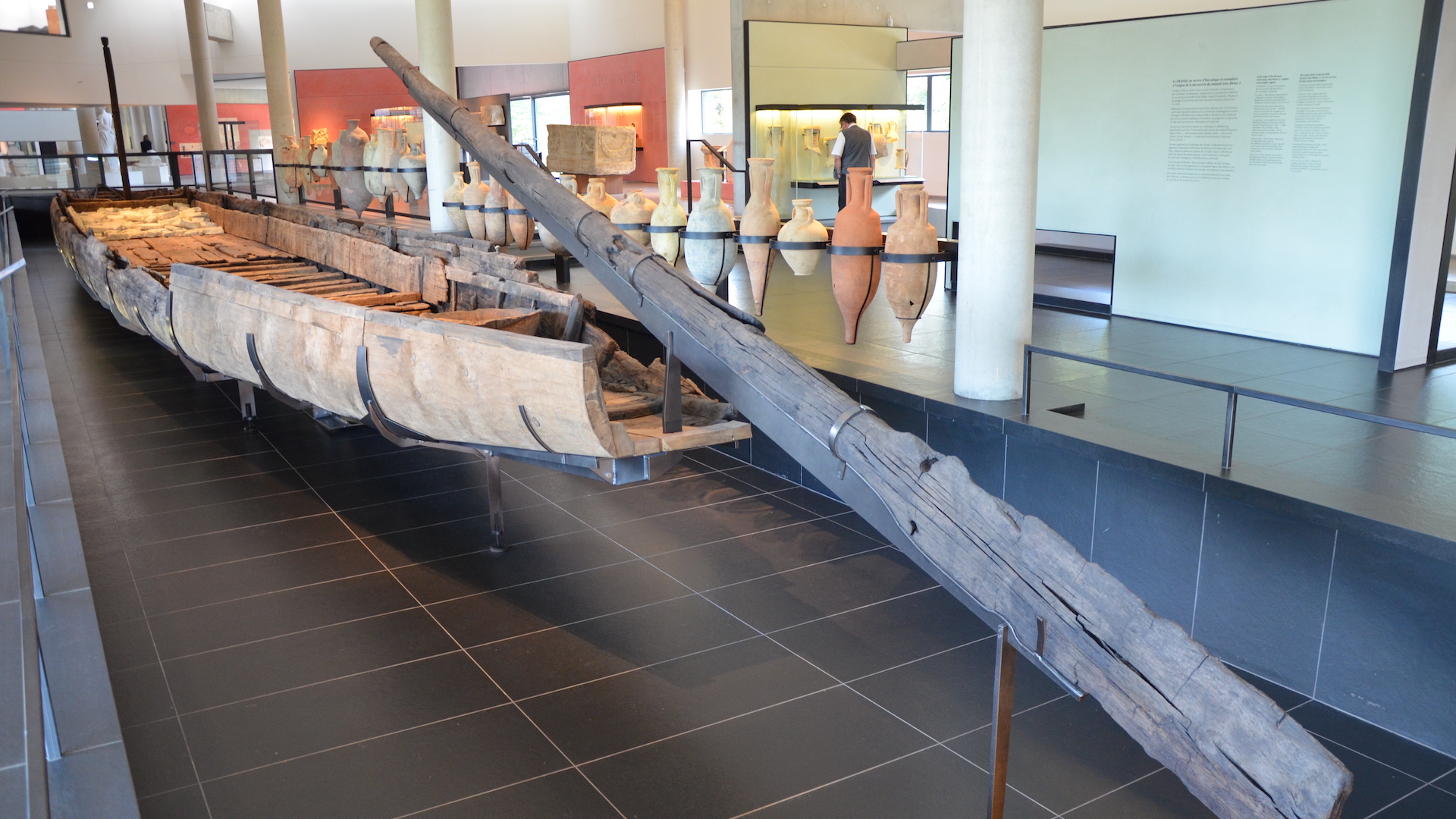
Discovered near the Rhone River in France in 2004, the "Arles Rhône 3" ship, as it is now called, is a barge that dates back around 2,000 years. It is 102 feet (31 m) long and about 10 feet (3 m) wide, according to the French Ministry of Culture. The barge was intended for inland navigation on rivers and was carrying a cargo of limestone blocks when it sank. After it sank, it was kept well-preserved by a layer of mud that rapidly accumulated over it, the ministry said.
Zwammerdam ships
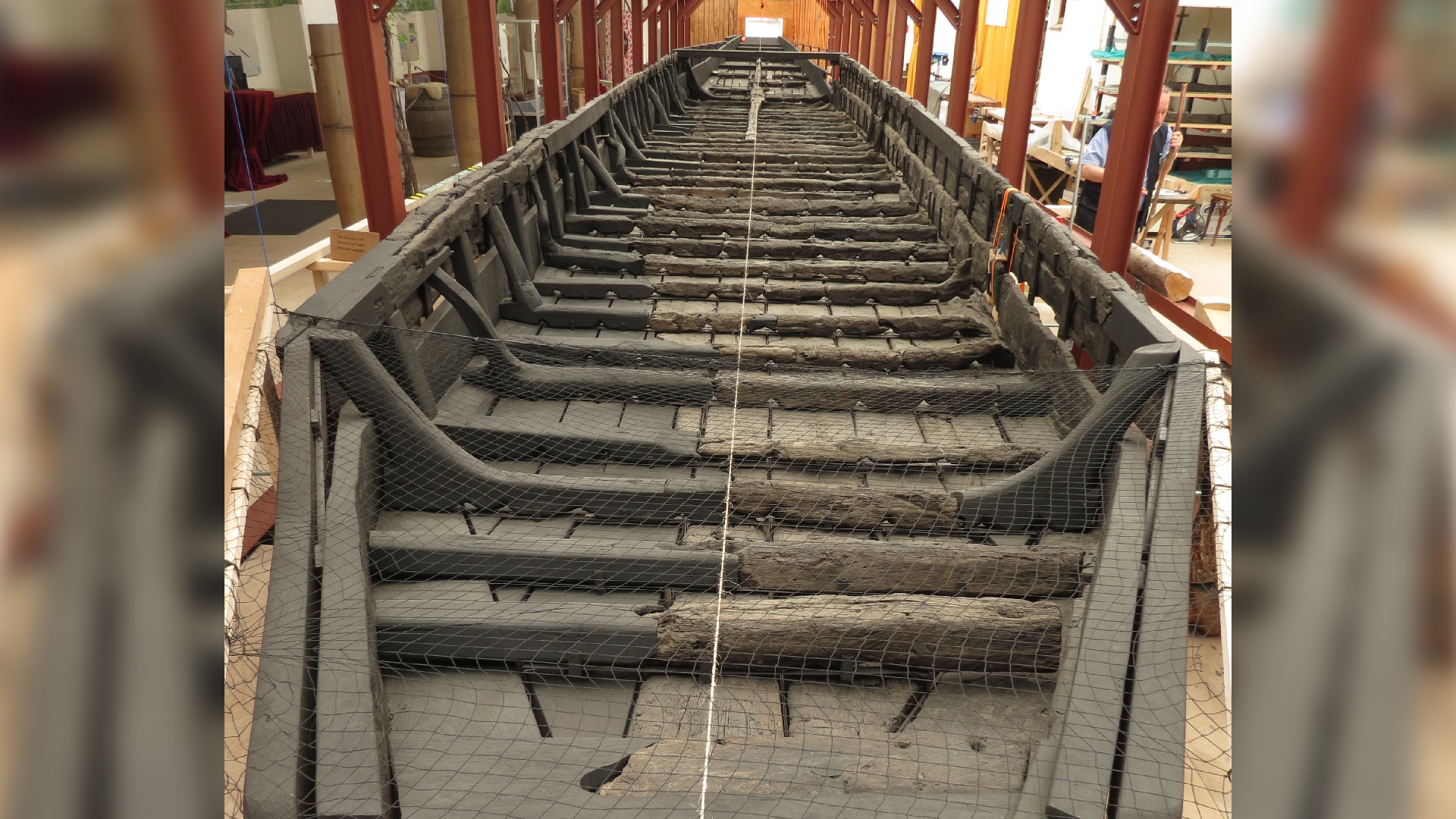
The Zwammerdam ships (also known as the Zwammerdam boats) consist of three Roman canoes and three Roman barges. They were discovered near the village of Zwammerdam in the Netherlands in the 1970s, per Leiden University. The six vessels date between A.D. 80 and 200, a time when the Netherlands was on the northern frontier of the Roman Empire. The vessels were well-preserved when they were discovered but had to be taken apart in order to be removed. In 2016, a project began that aims to put the vessels back together.
Dover Bronze Age Boat
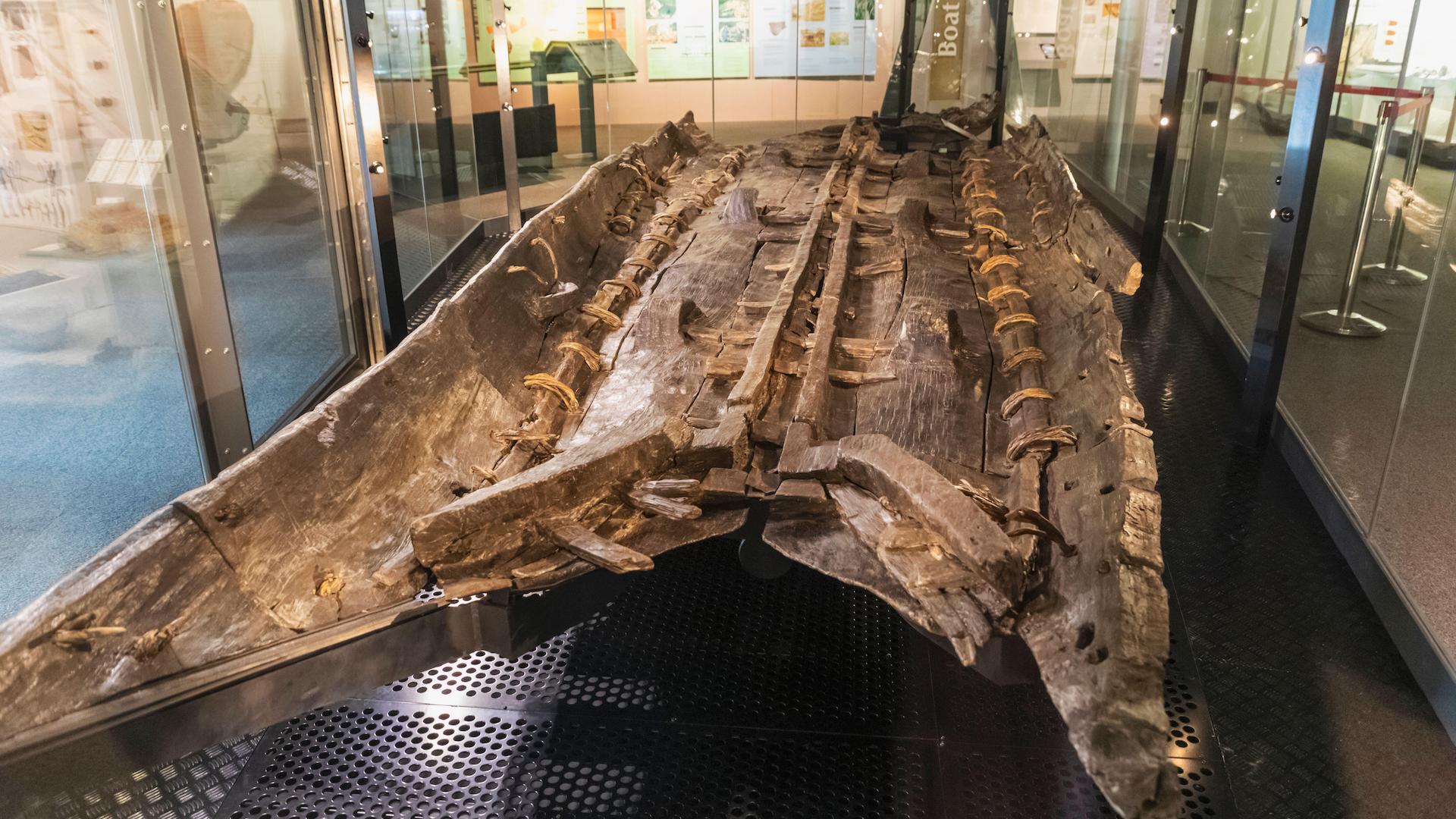
Dating back around 3,500 years, the Dover Bronze Age Boat was discovered in 1992 by construction workers building a road link. The boat is the "world's oldest known seagoing boat," the Dover Museum states. During excavations, archaeologists had to cut the surviving pieces of the boat up in order to remove it and were able to recover 31.2 feet (9.5 m) of the boat. It's uncertain how large the boat was originally, but it was probably longer than 31 feet, the museum notes.
Brigg logboat
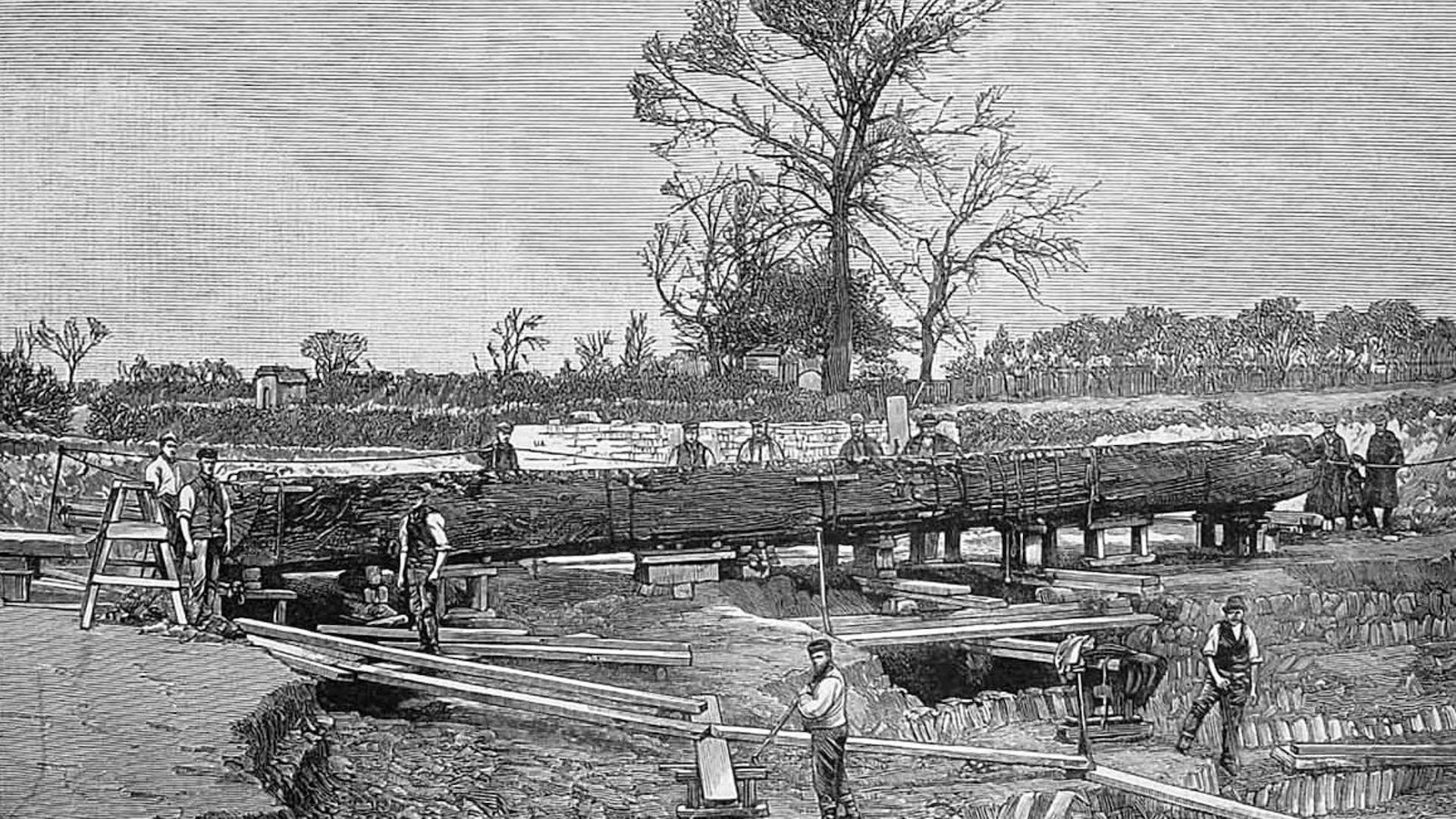
Discovered in 1886 by workers building a gasometer (also known as a gasholder) near the town of Brigg on the River Ancholme in Lincolnshire, England, the Brigg logboat dates back around 2,900 years. It is 48.6 feet (14.8 m) long and 4.6 feet (1.4 m) wide and was carved from a single oak log, per the Hull Museums Collection. A small wooden shelf was found near the bow of the boat and may have been used by the person in charge of steering the vessel. Much of the boat was destroyed during an air raid in June 1943.
Gozo shipwreck
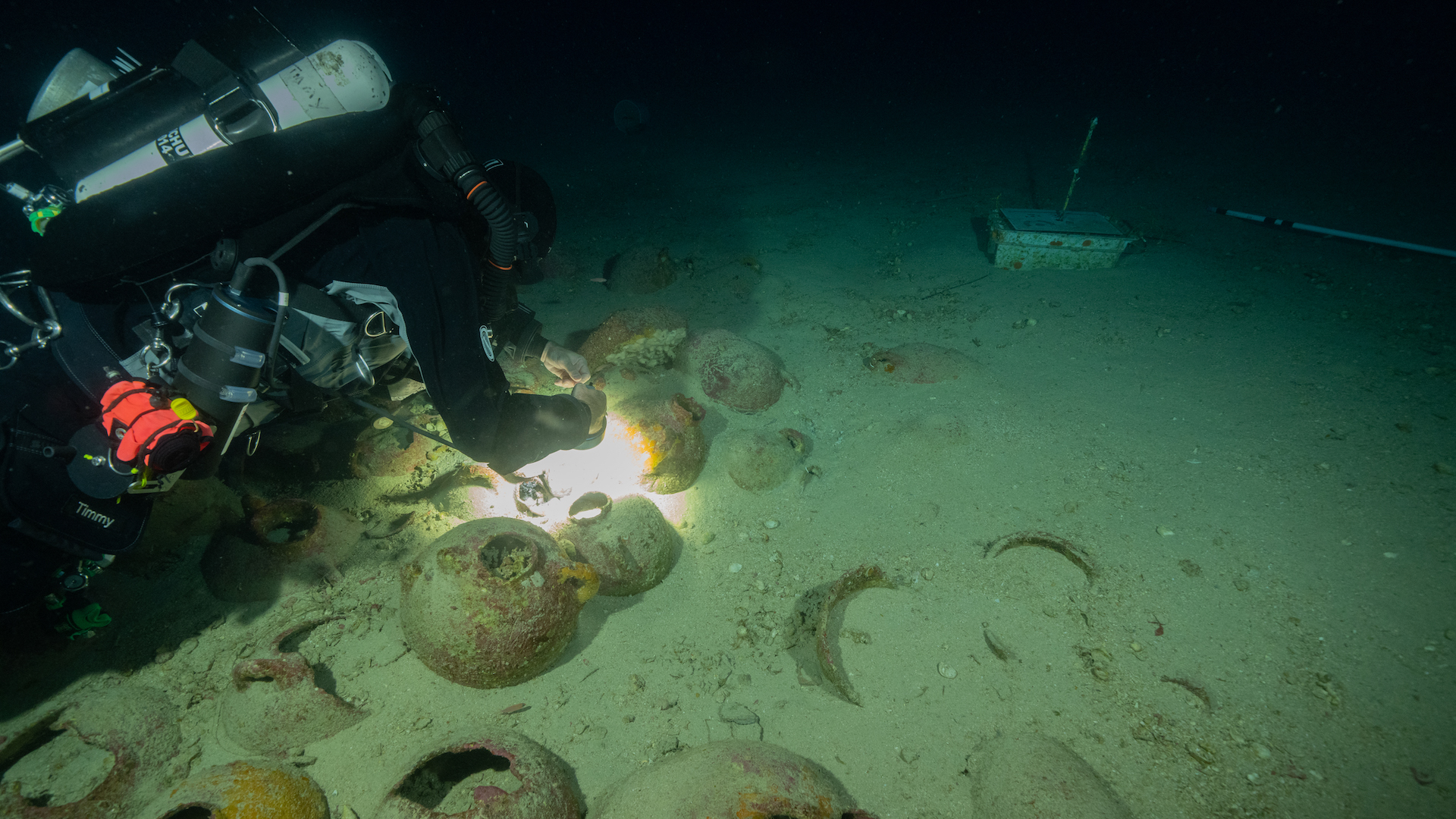
Discovered in 2007 during an offshore remote sensing survey, the Gozo shipwreck is located near the island of Gozo in Malta. It's a Phoenician shipwreck dating back to the seventh century B.C., per the Phoenician Shipwreck Project. The artifacts found inside include stone querns, used to grind food, and urns that were intended to hold the cremated remains of the dead. The discovery of the urns was surprising, as Phoenician urns are usually found within burial grounds or other funerary contexts, and it's unusual to find examples in a shipwreck.







